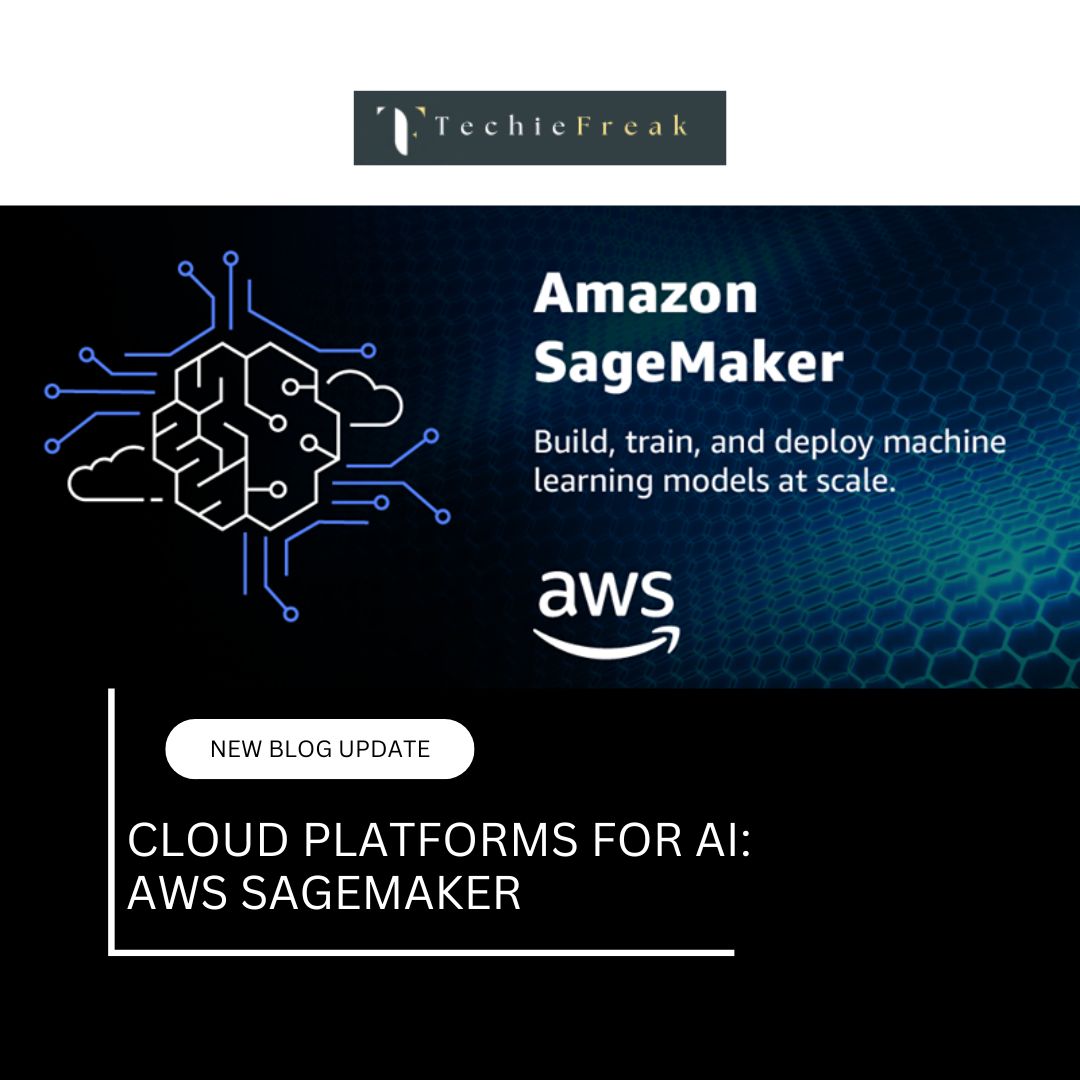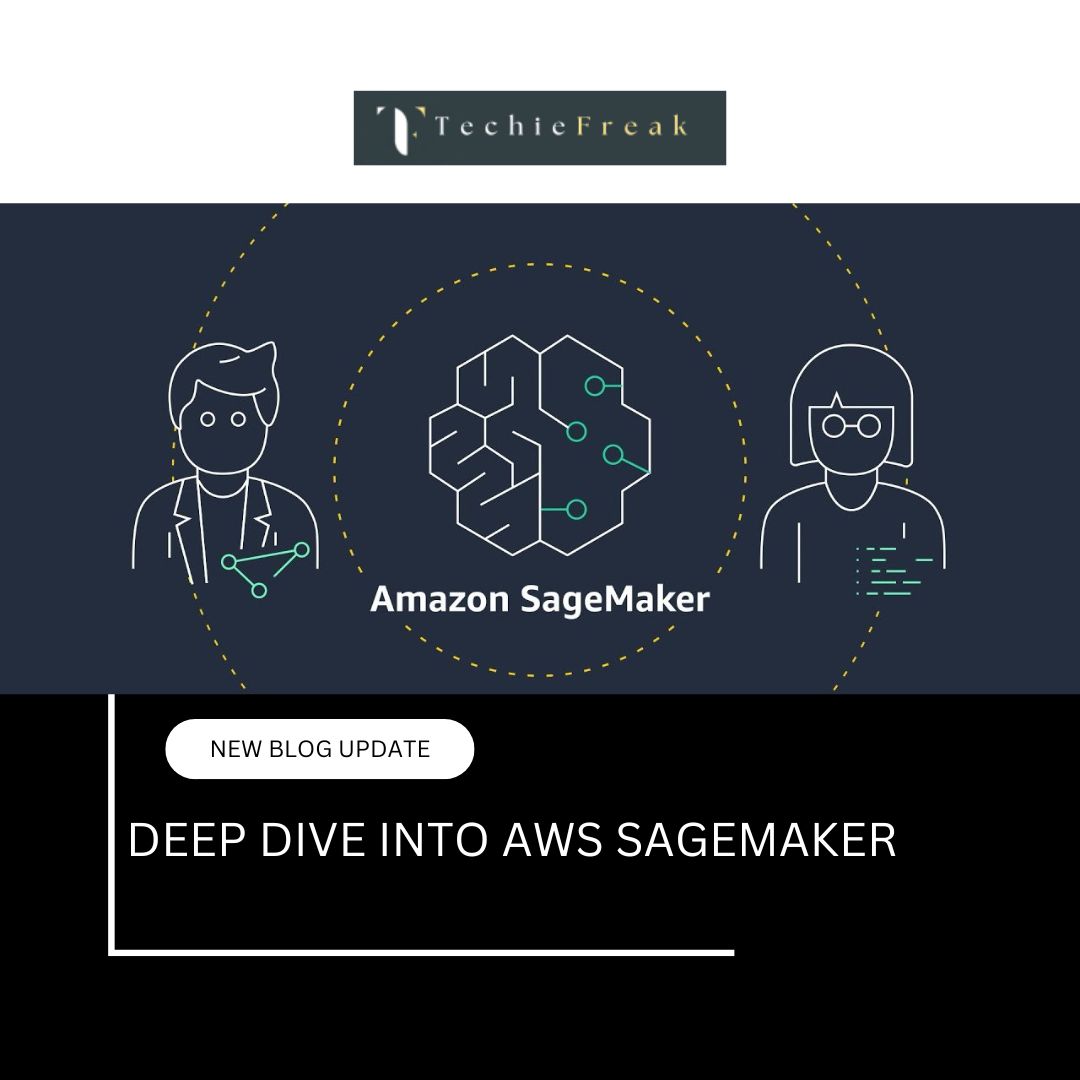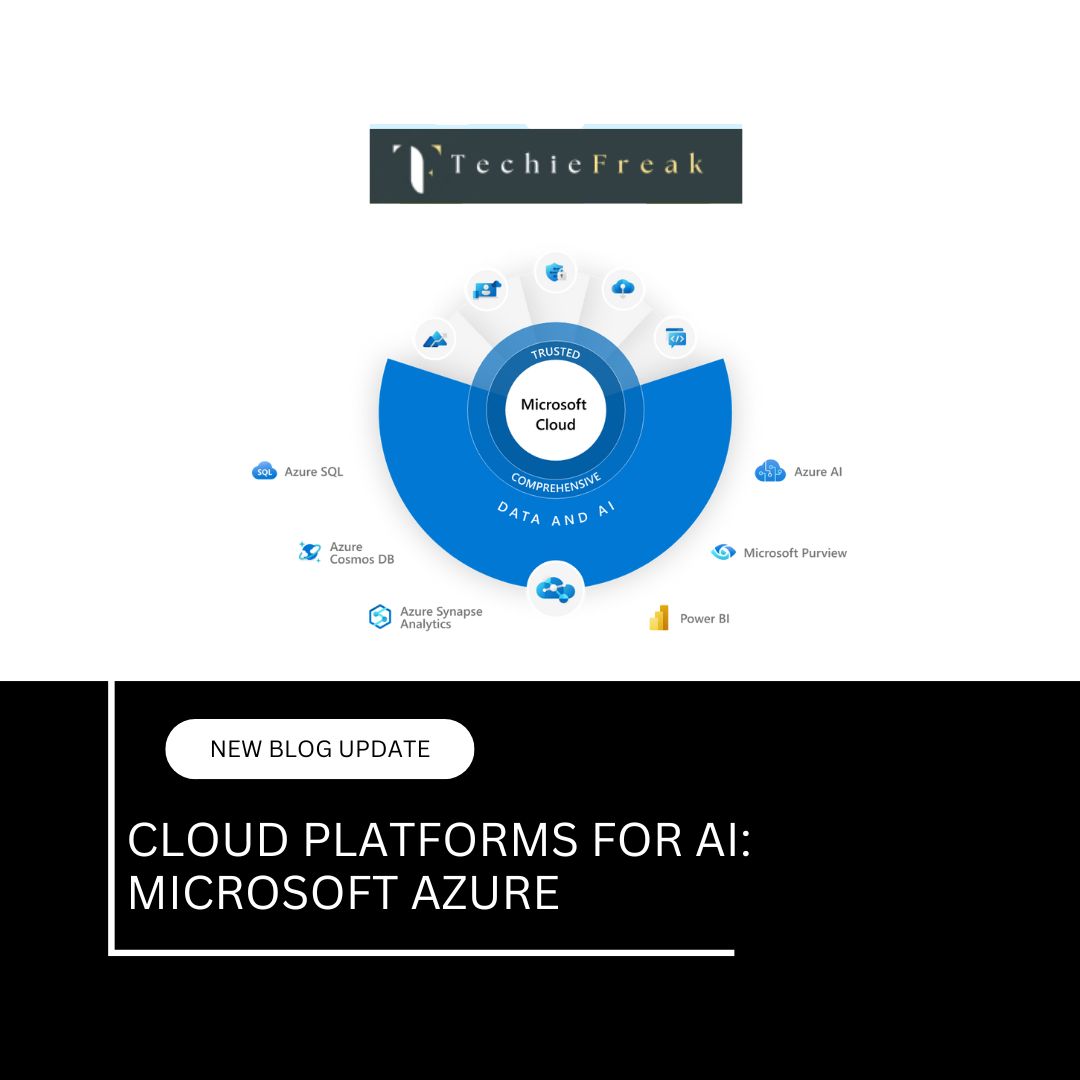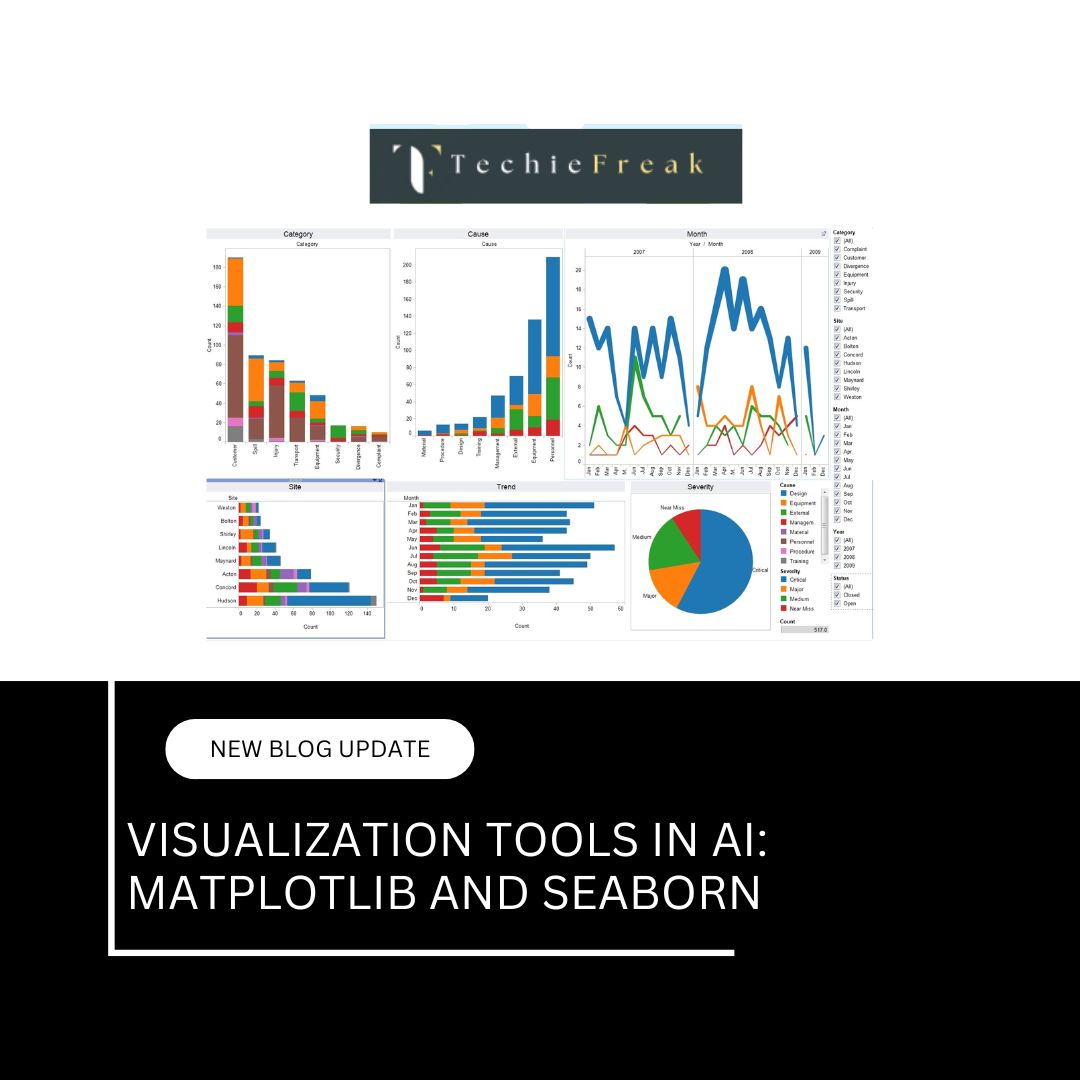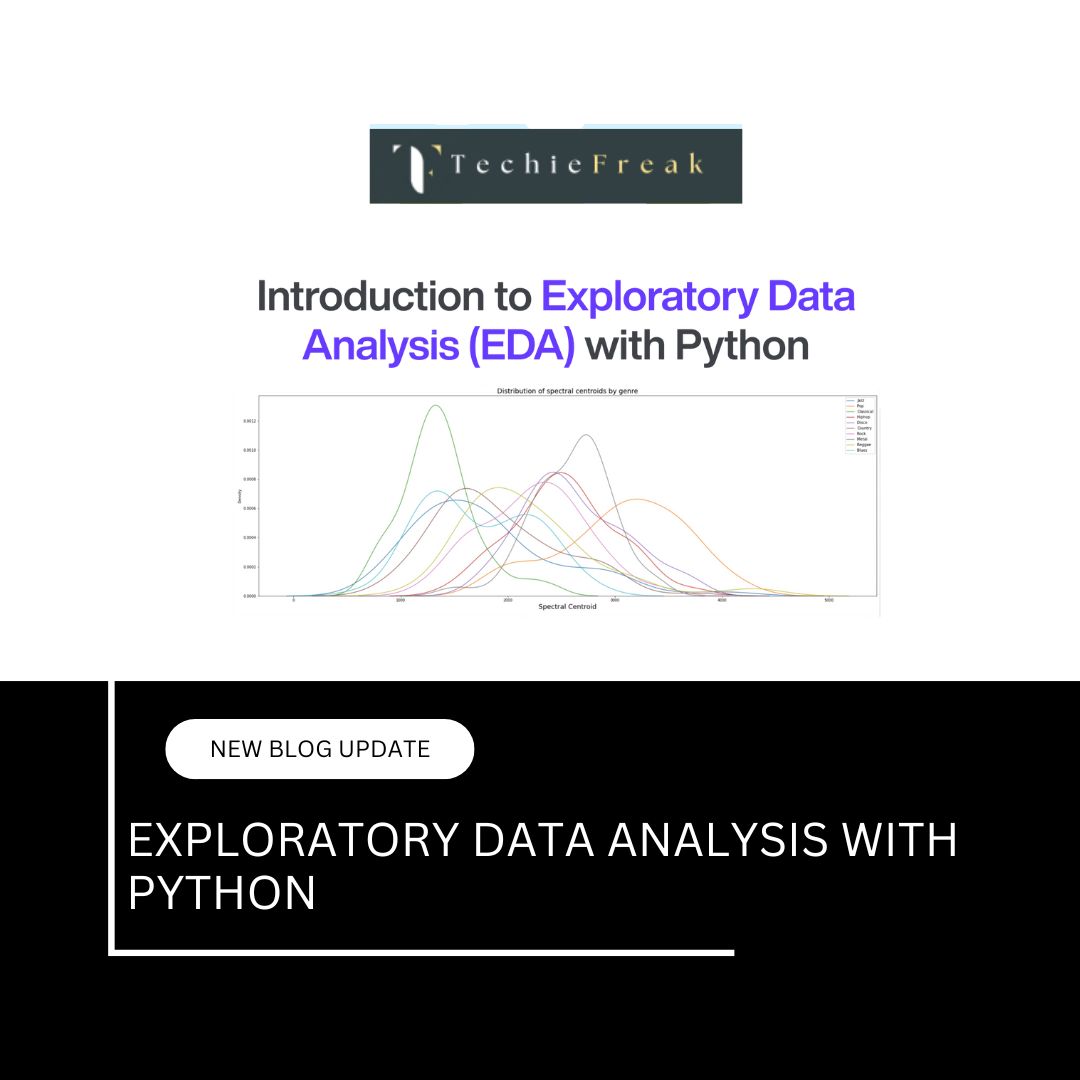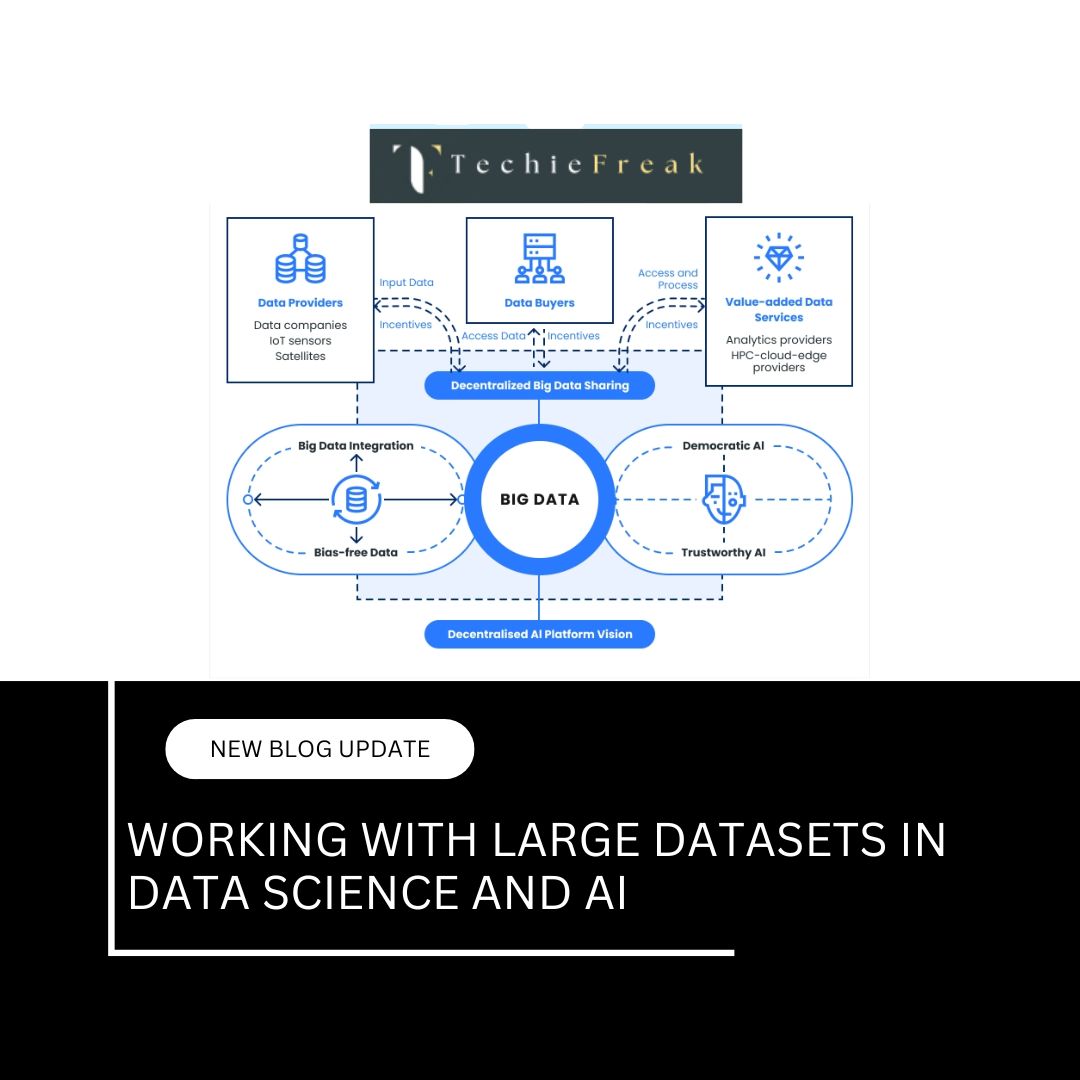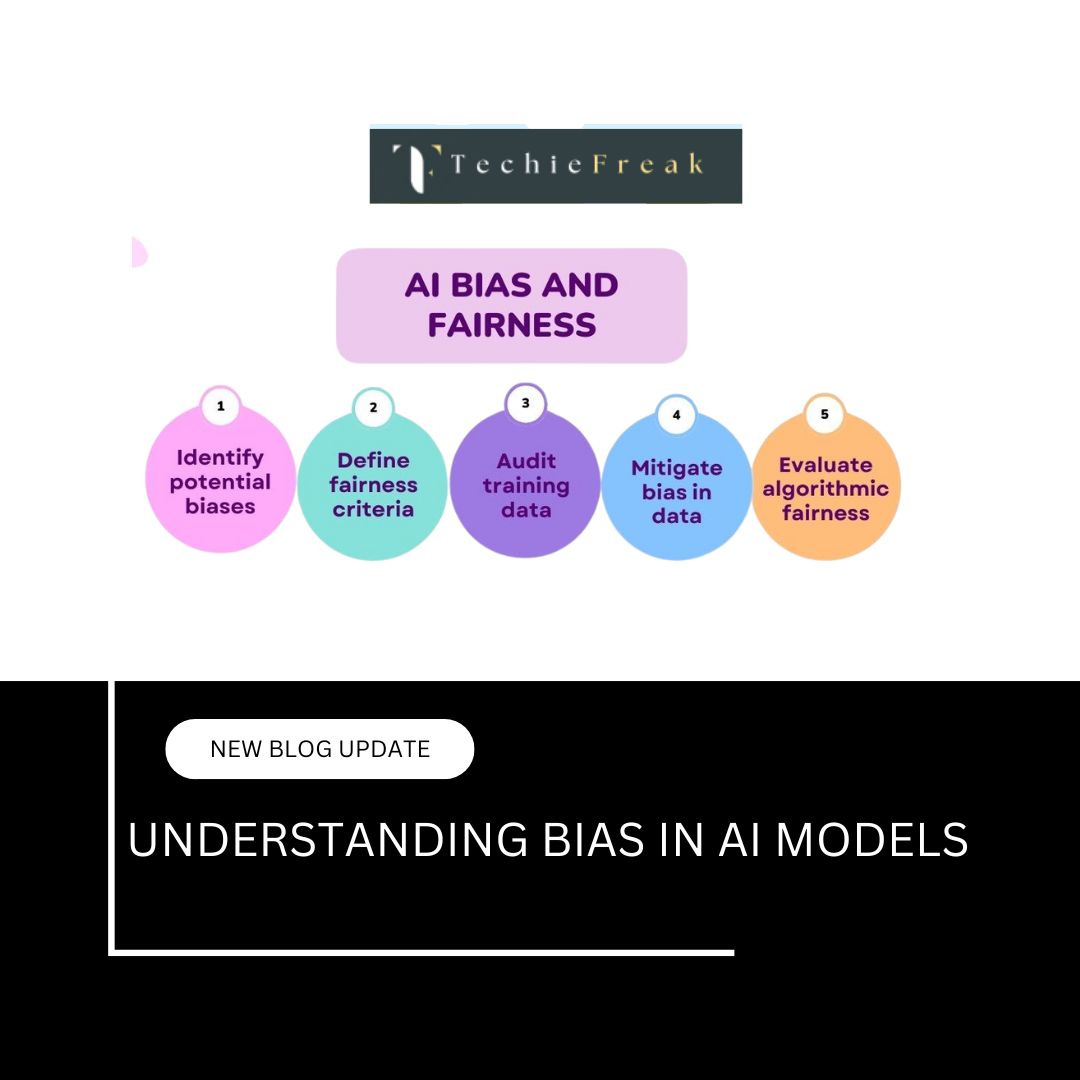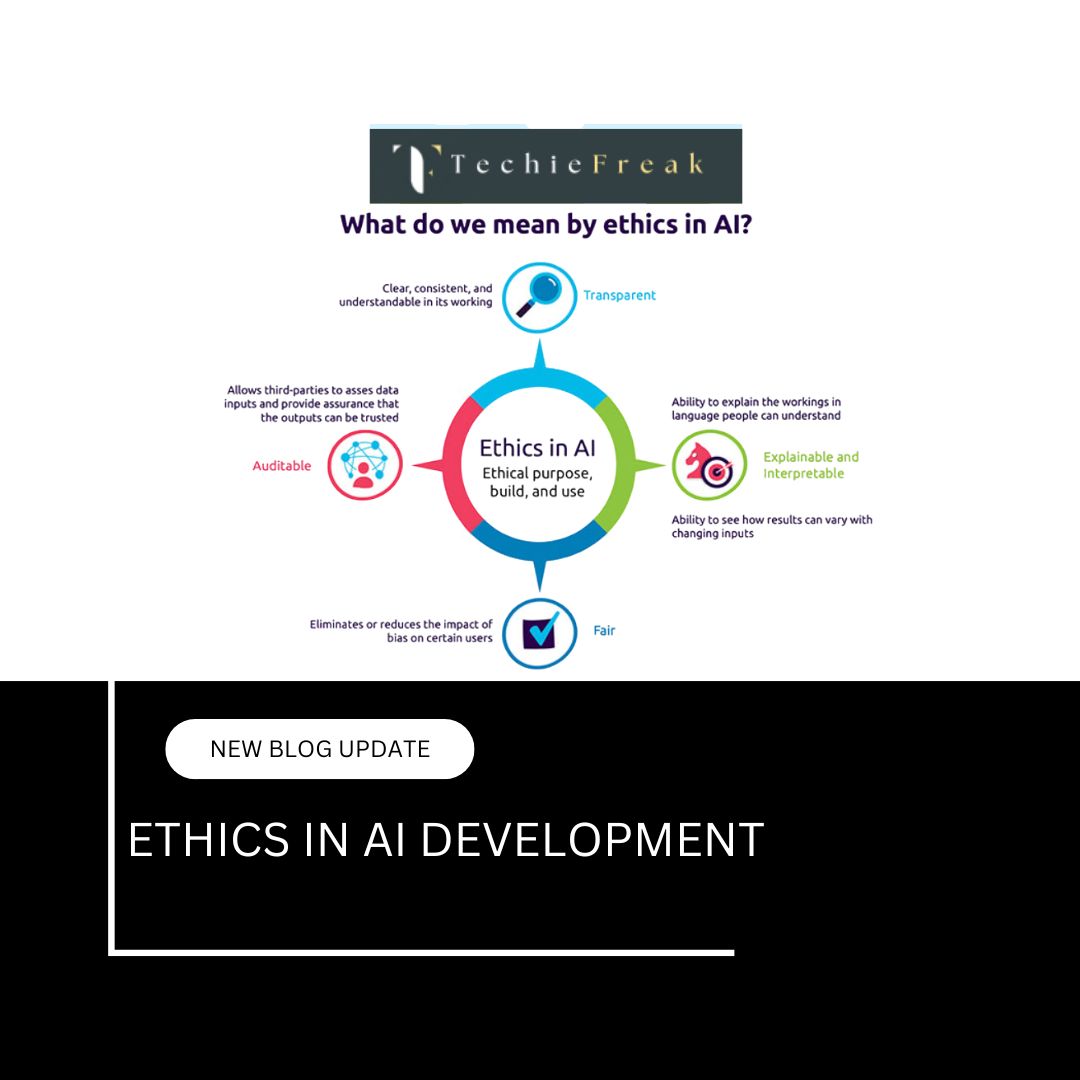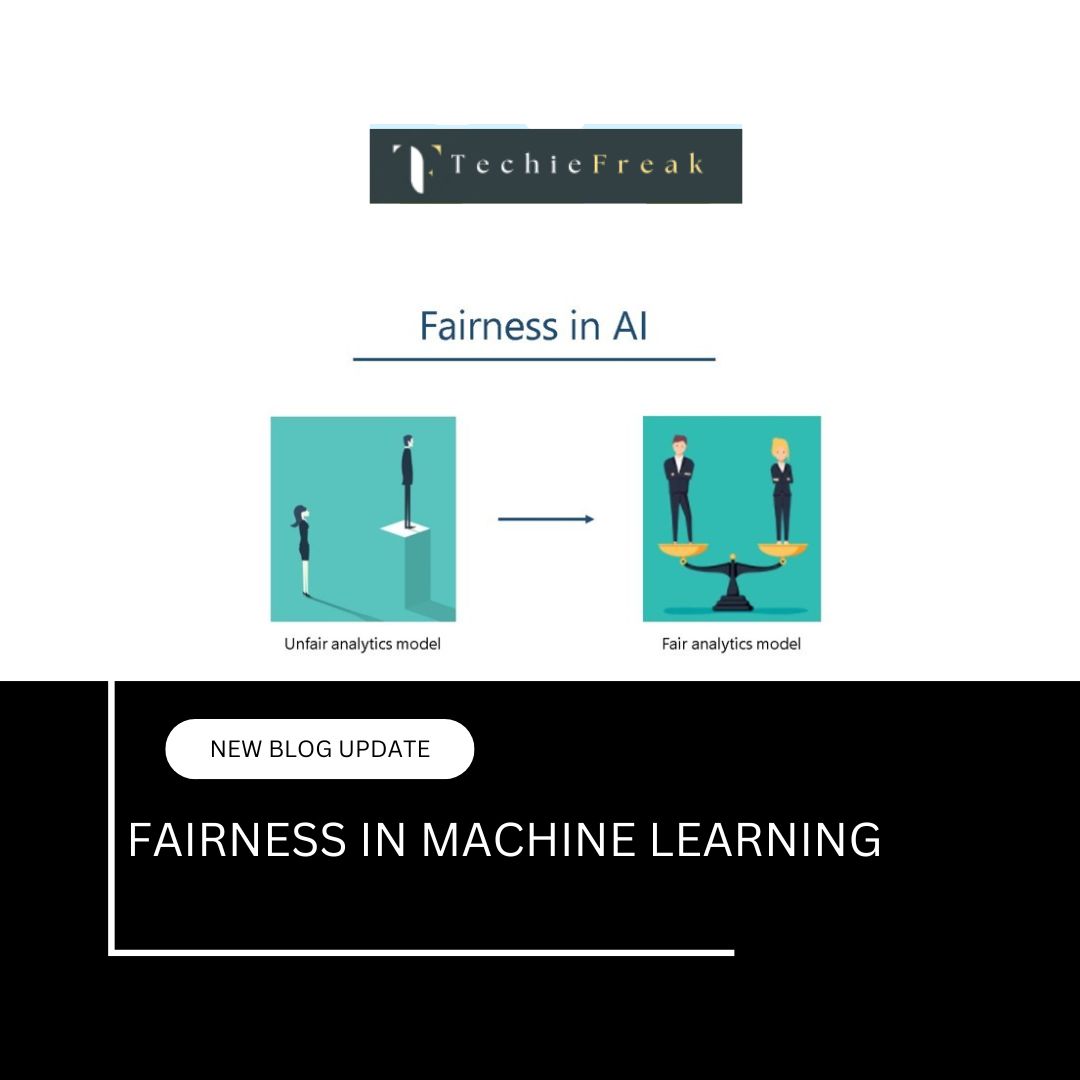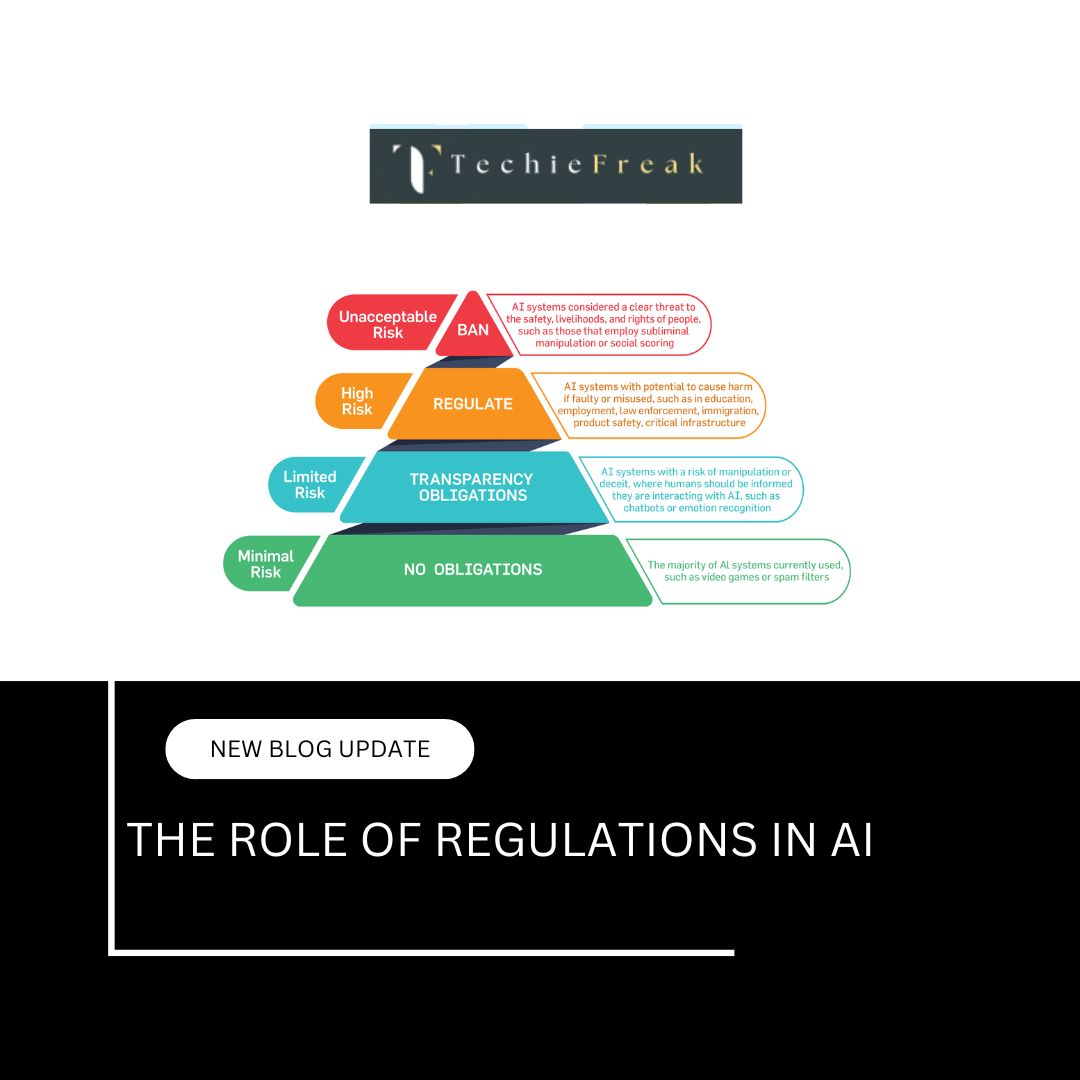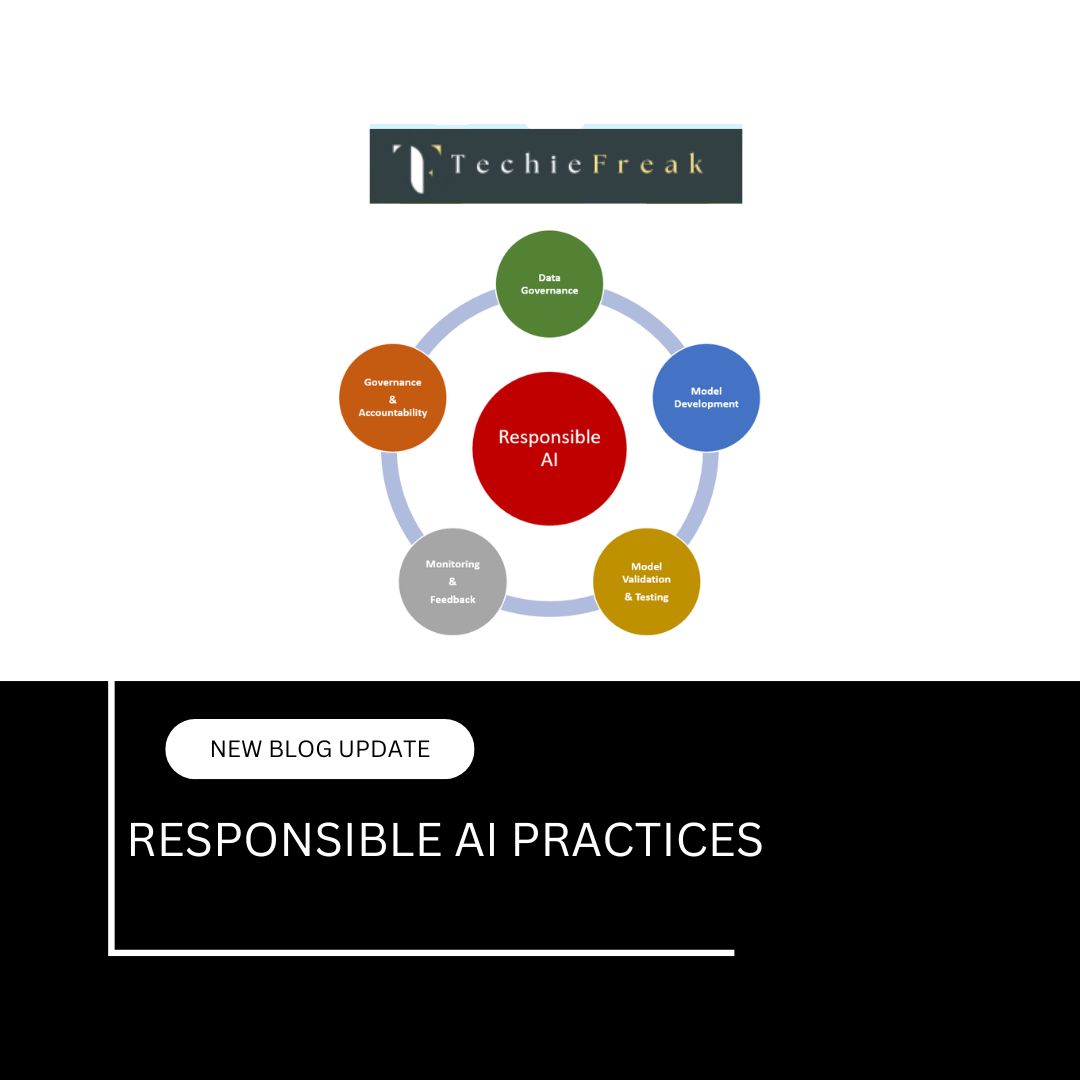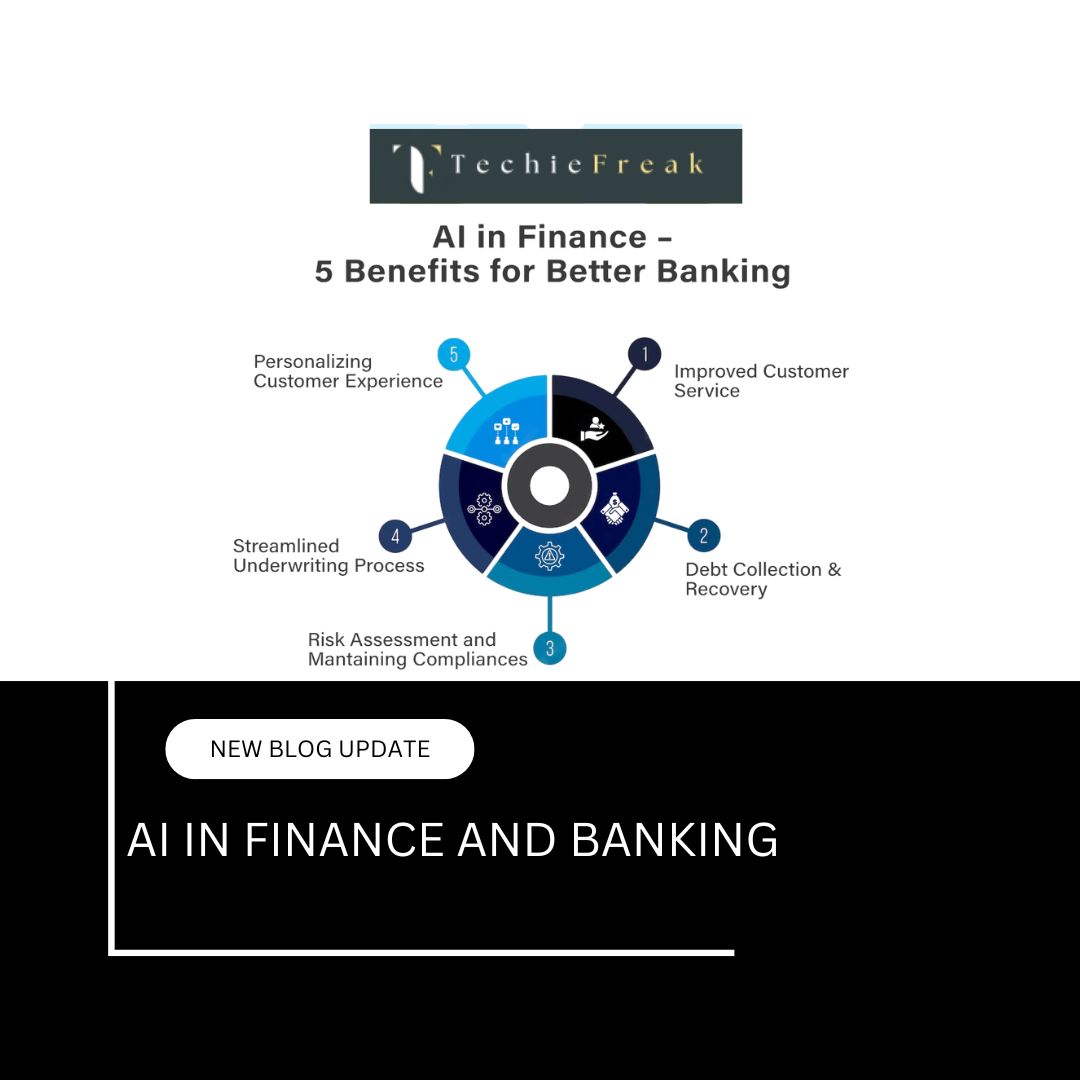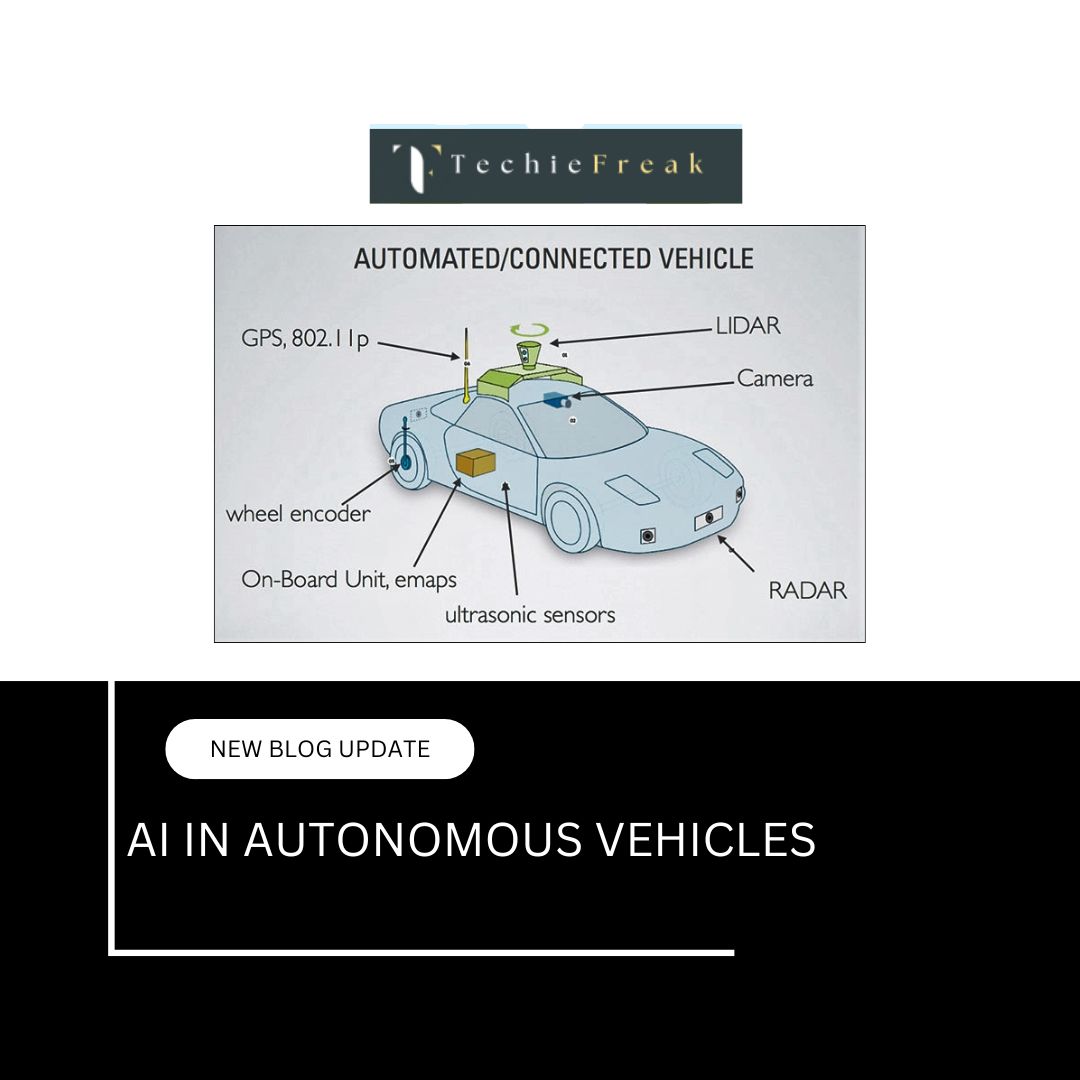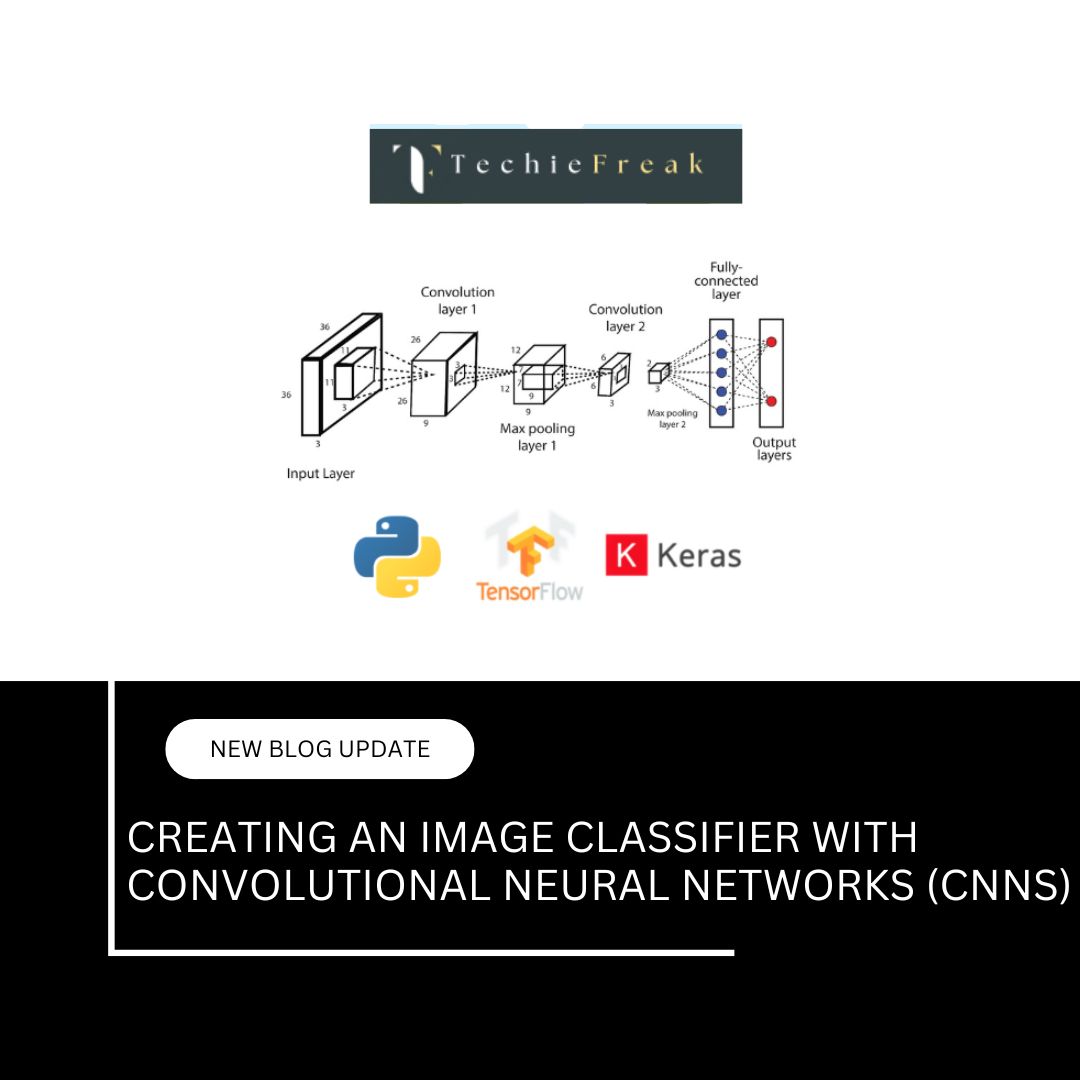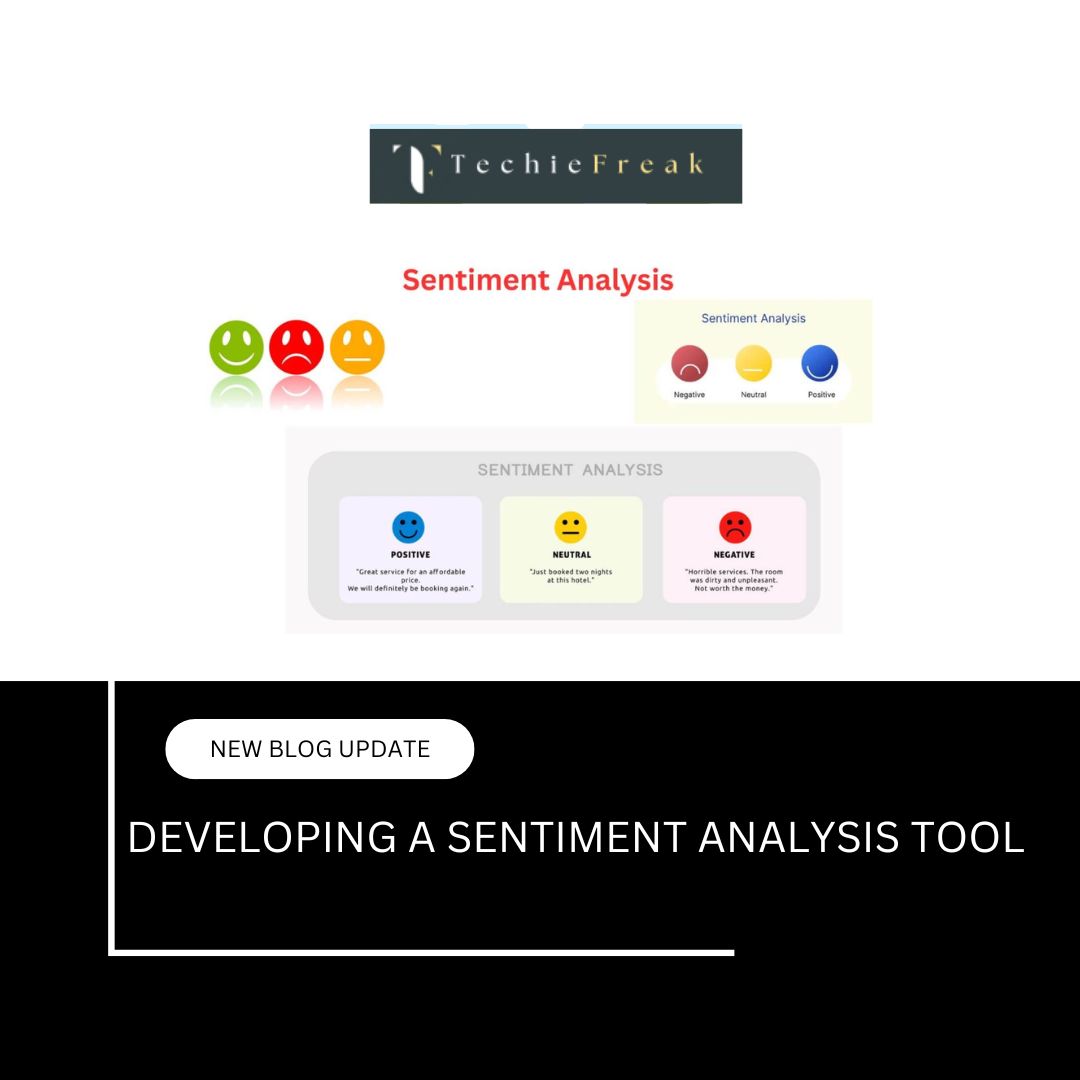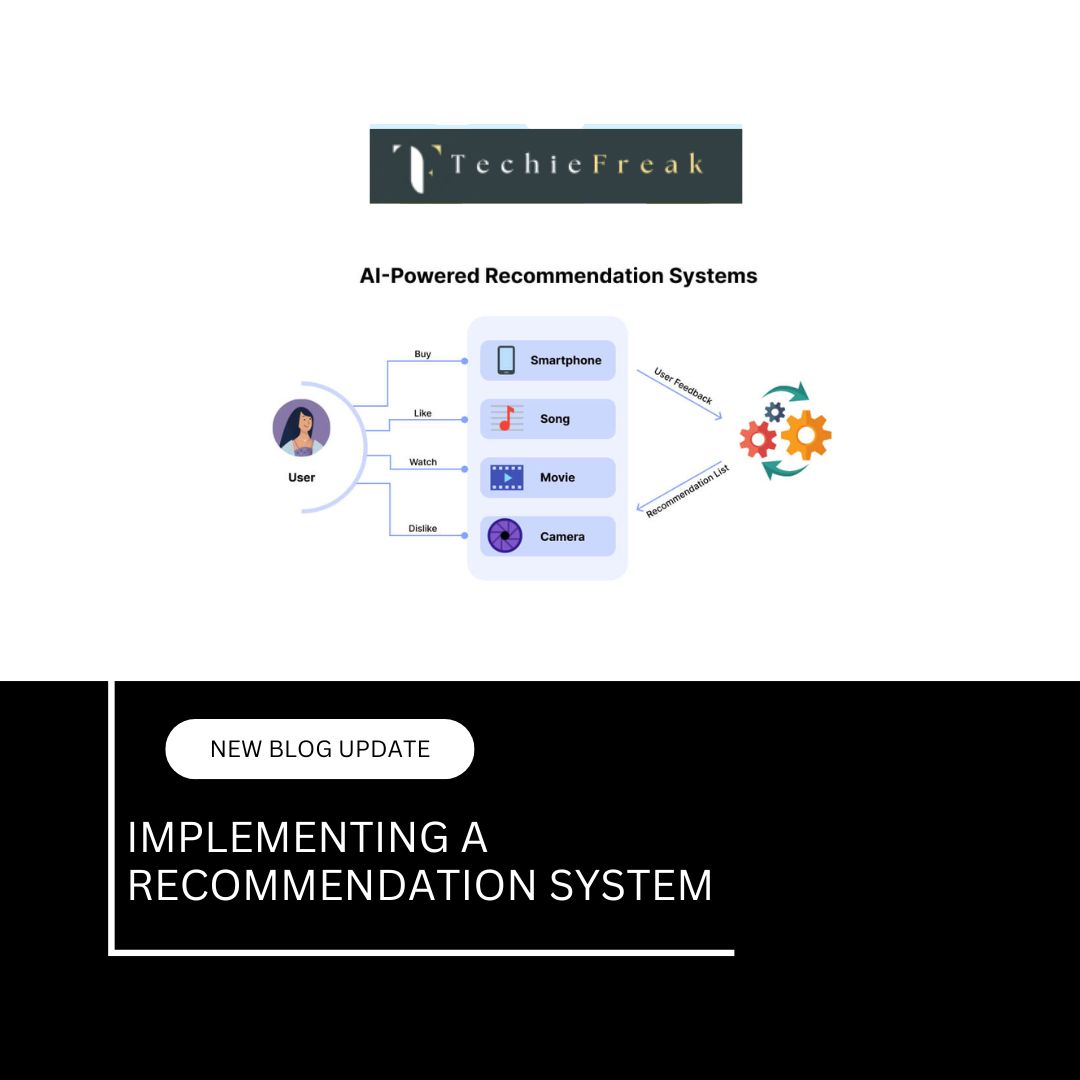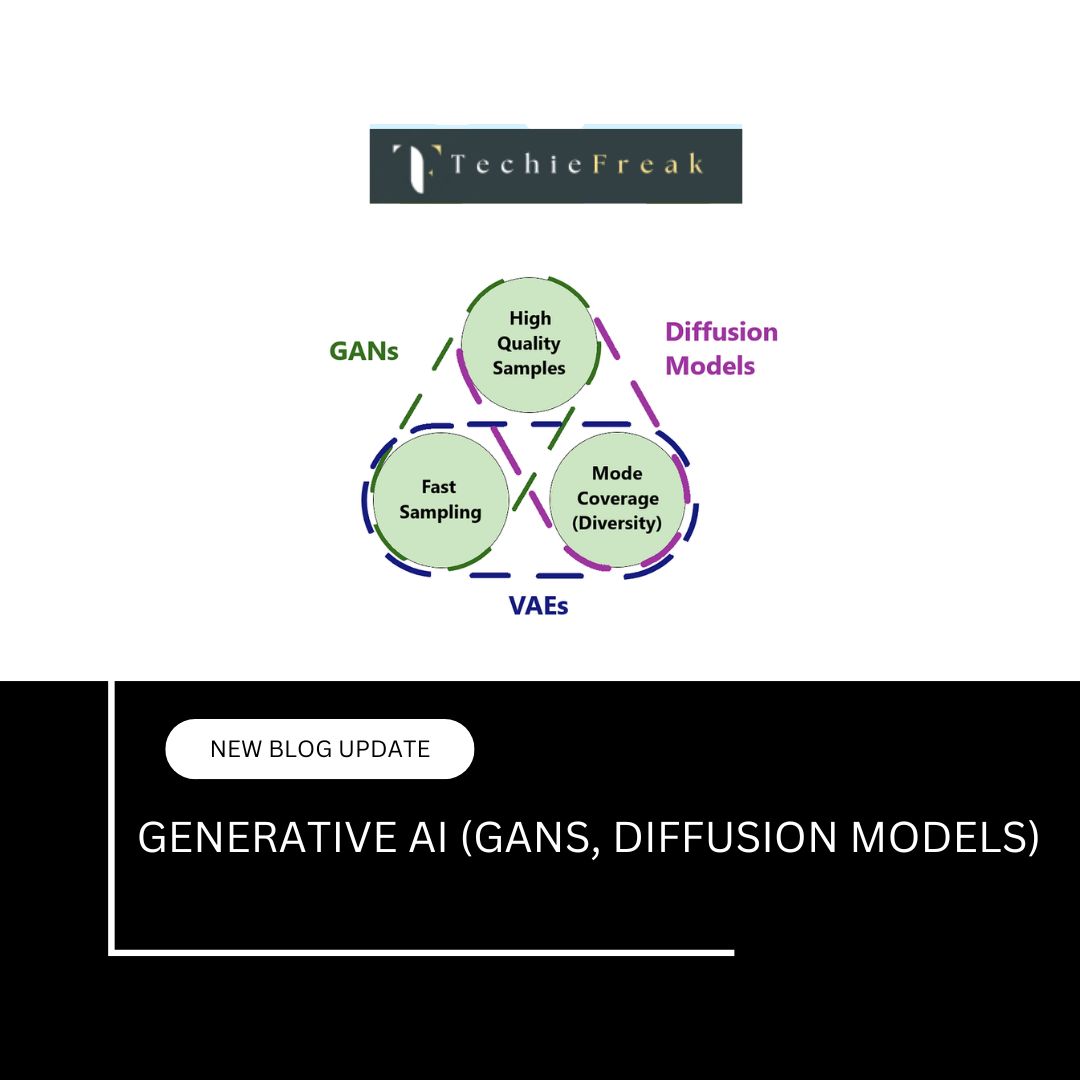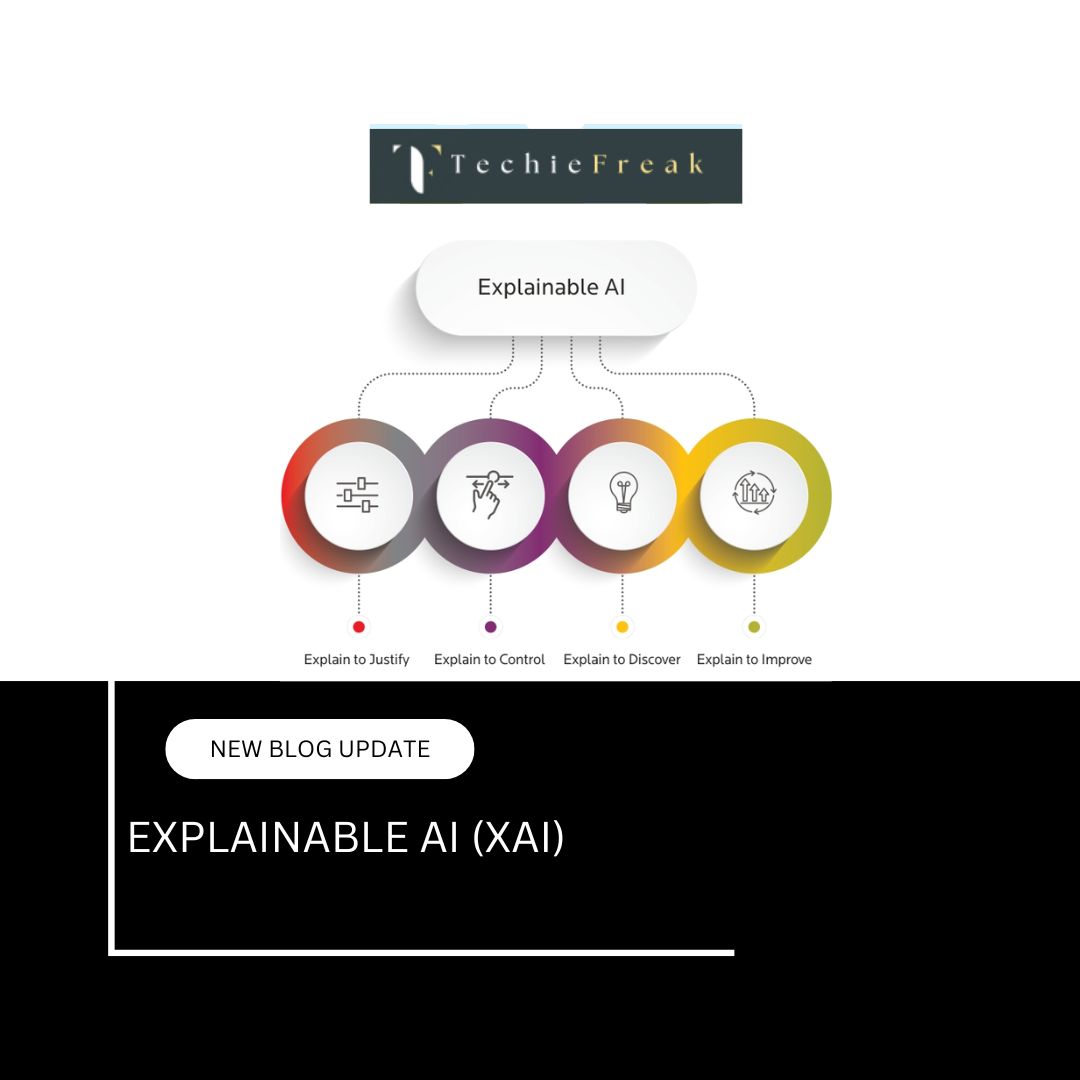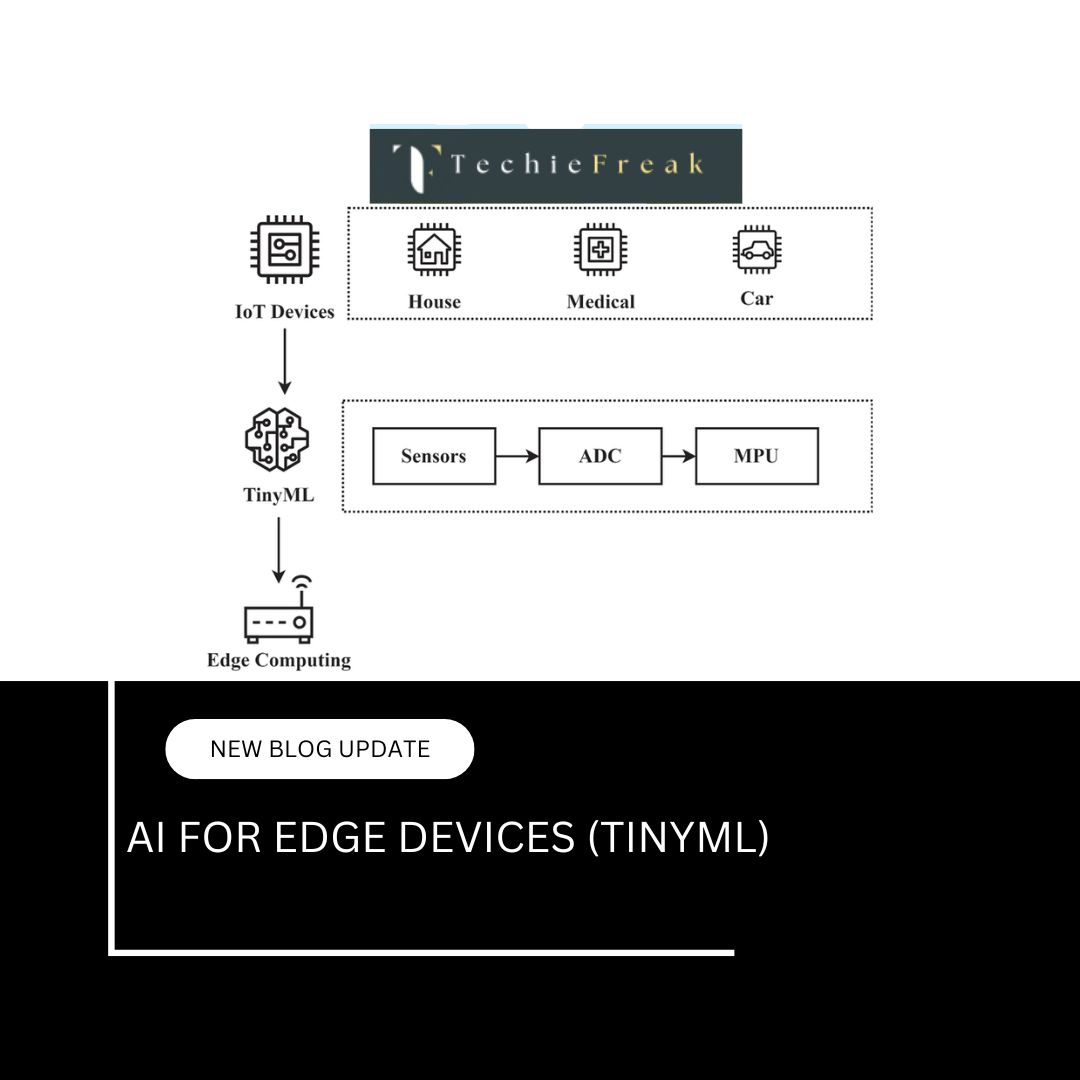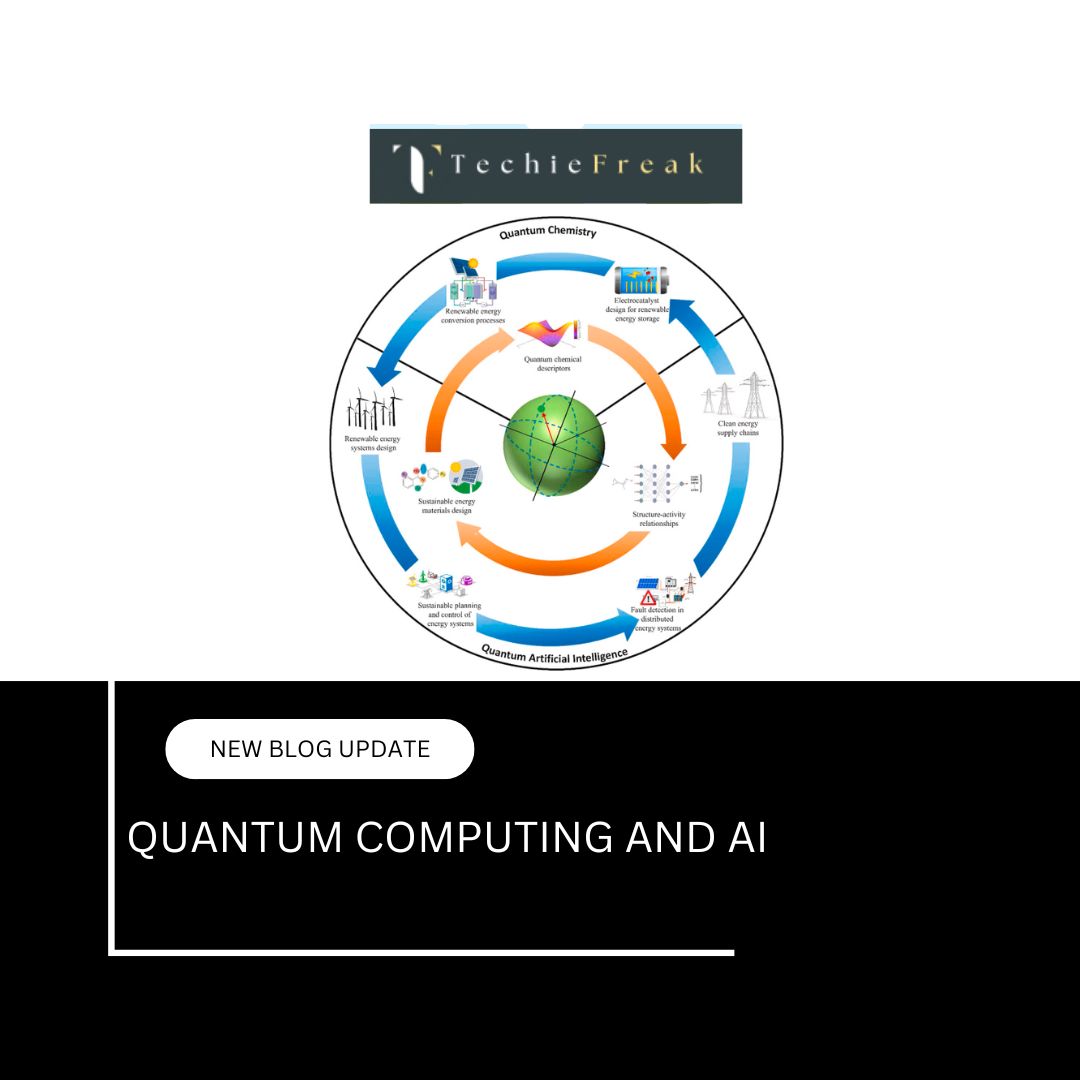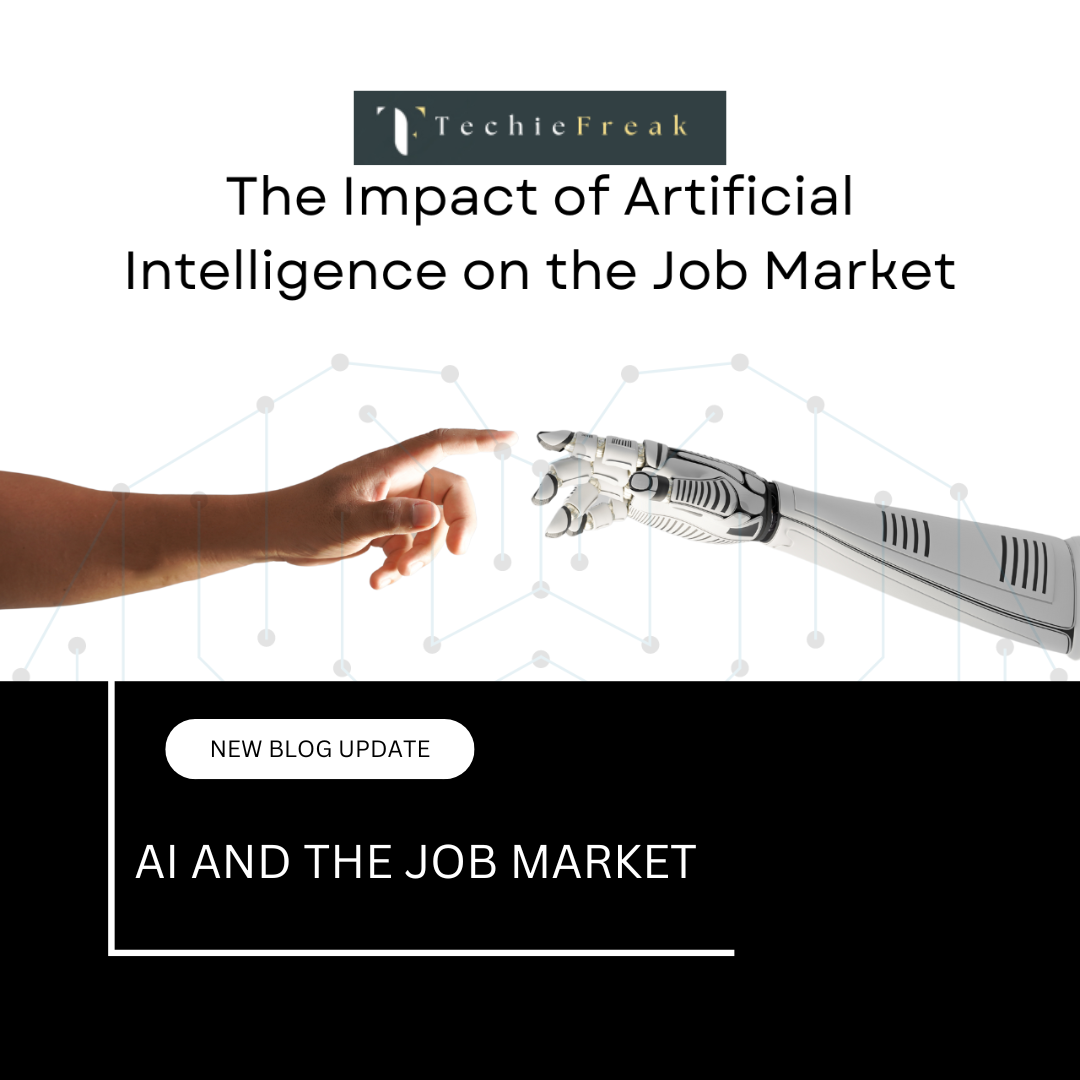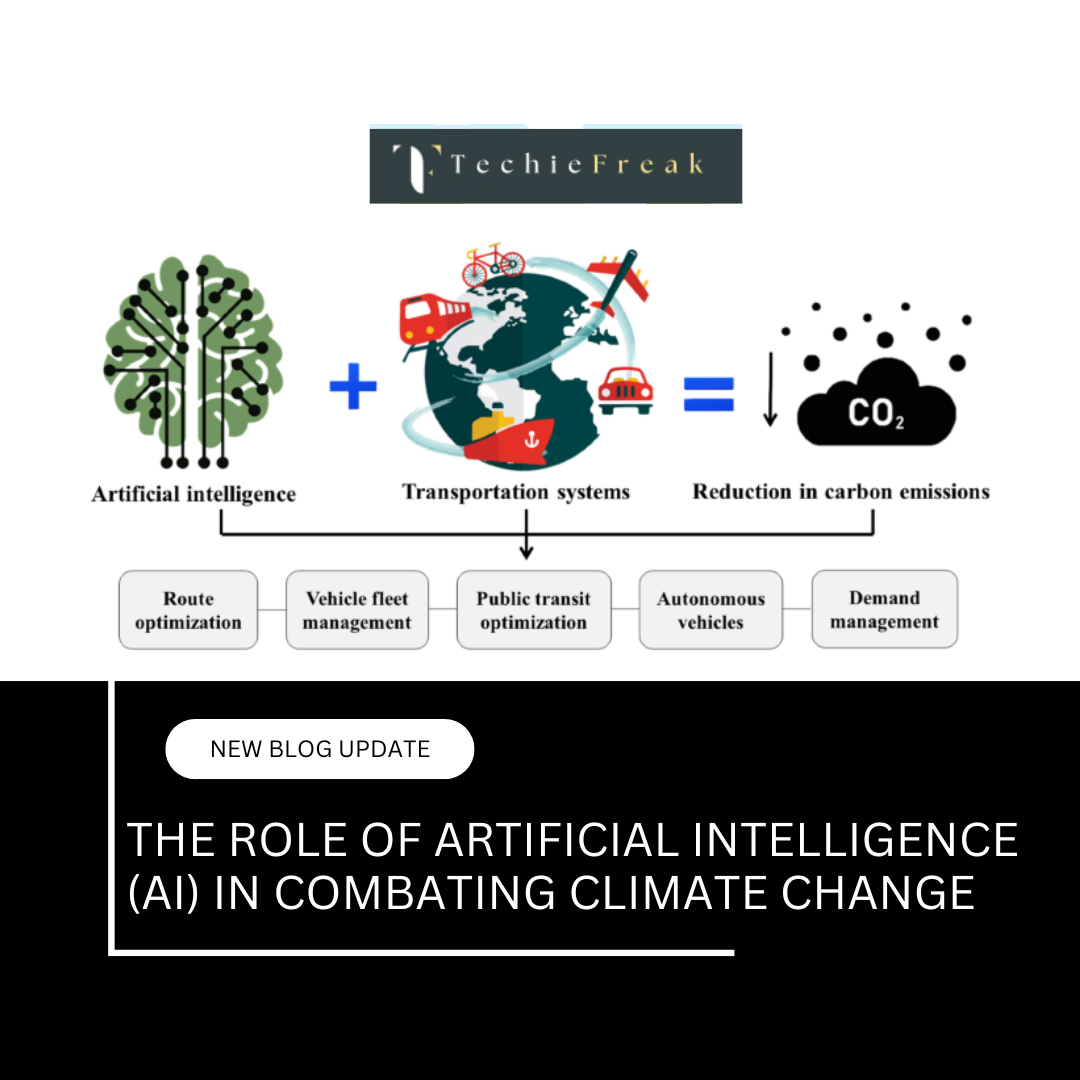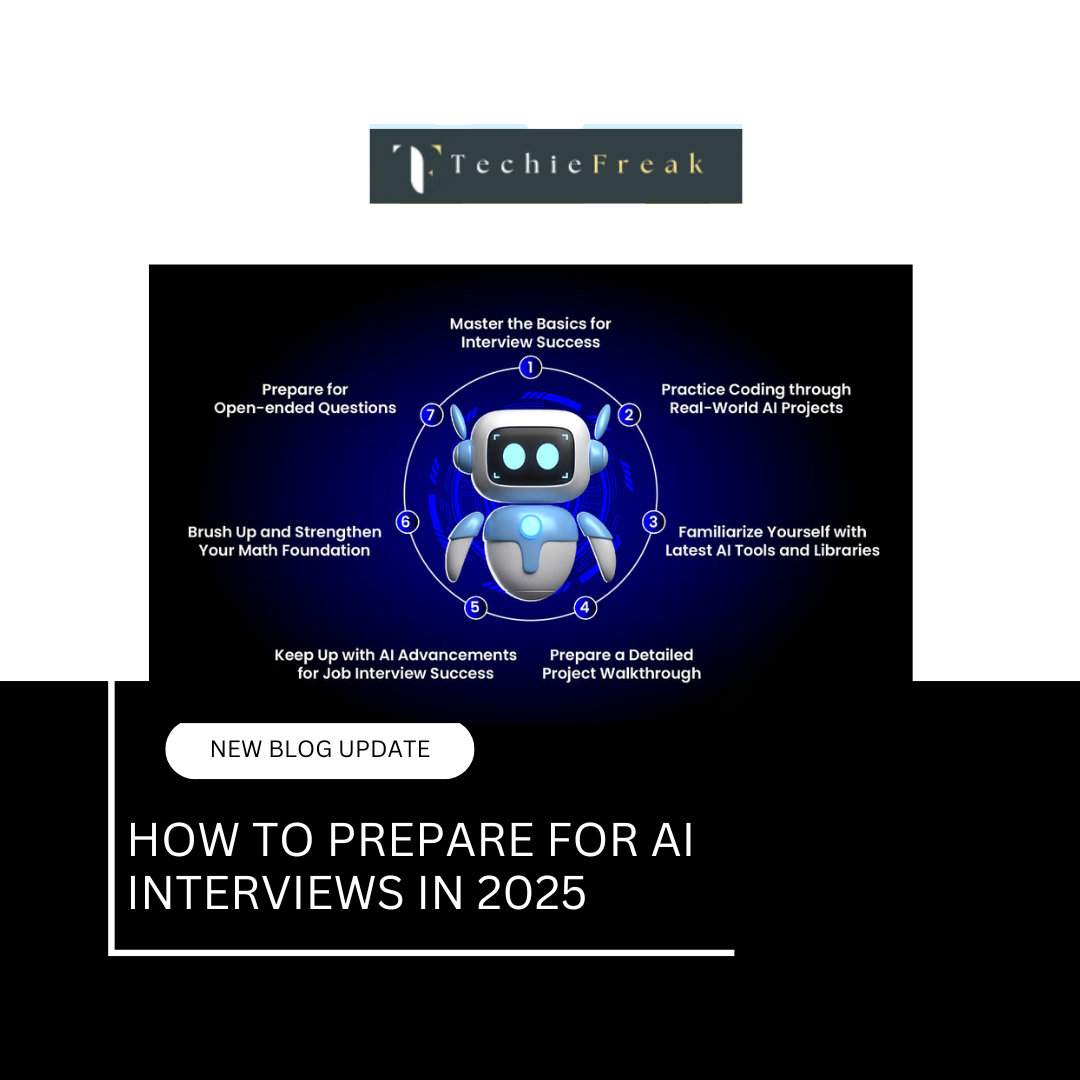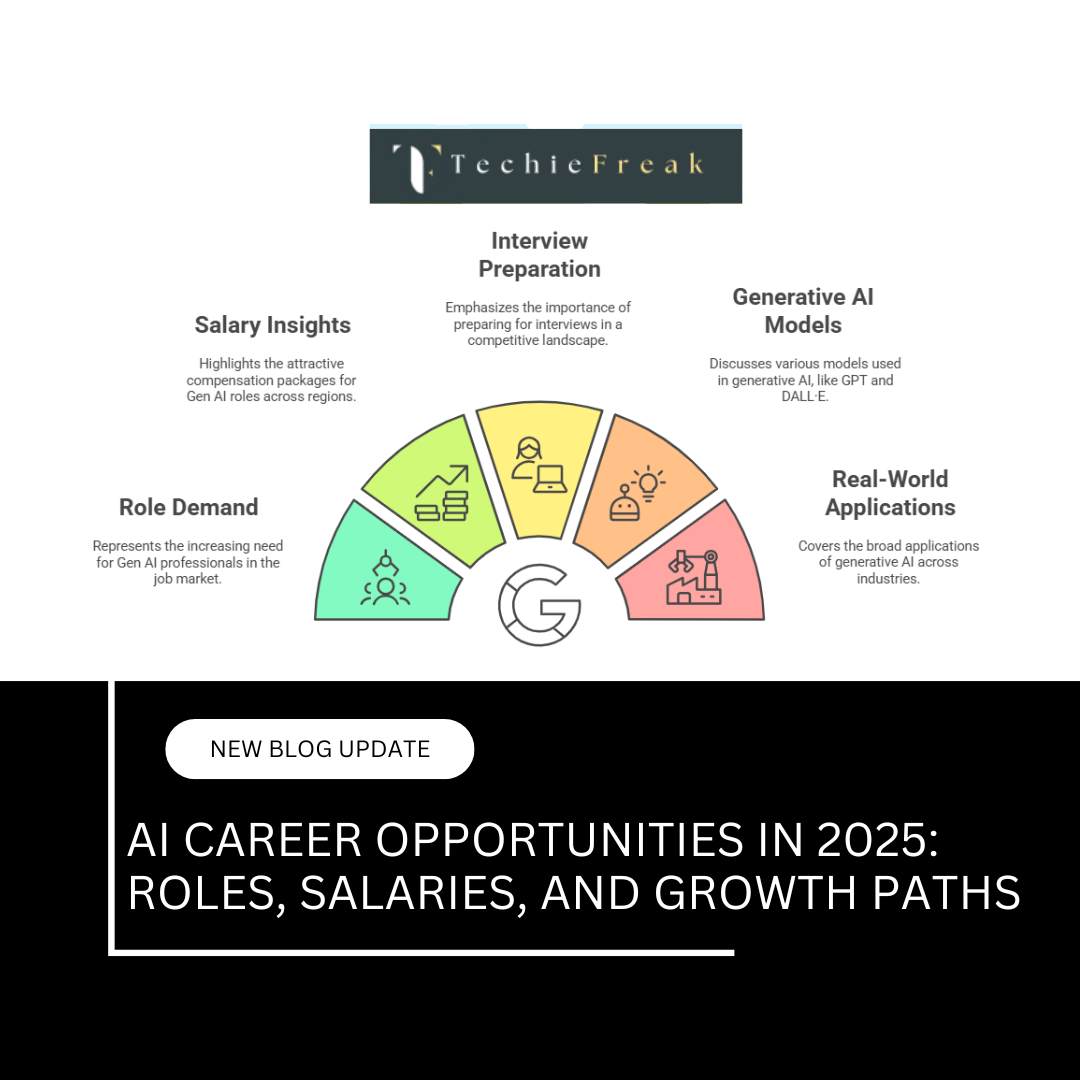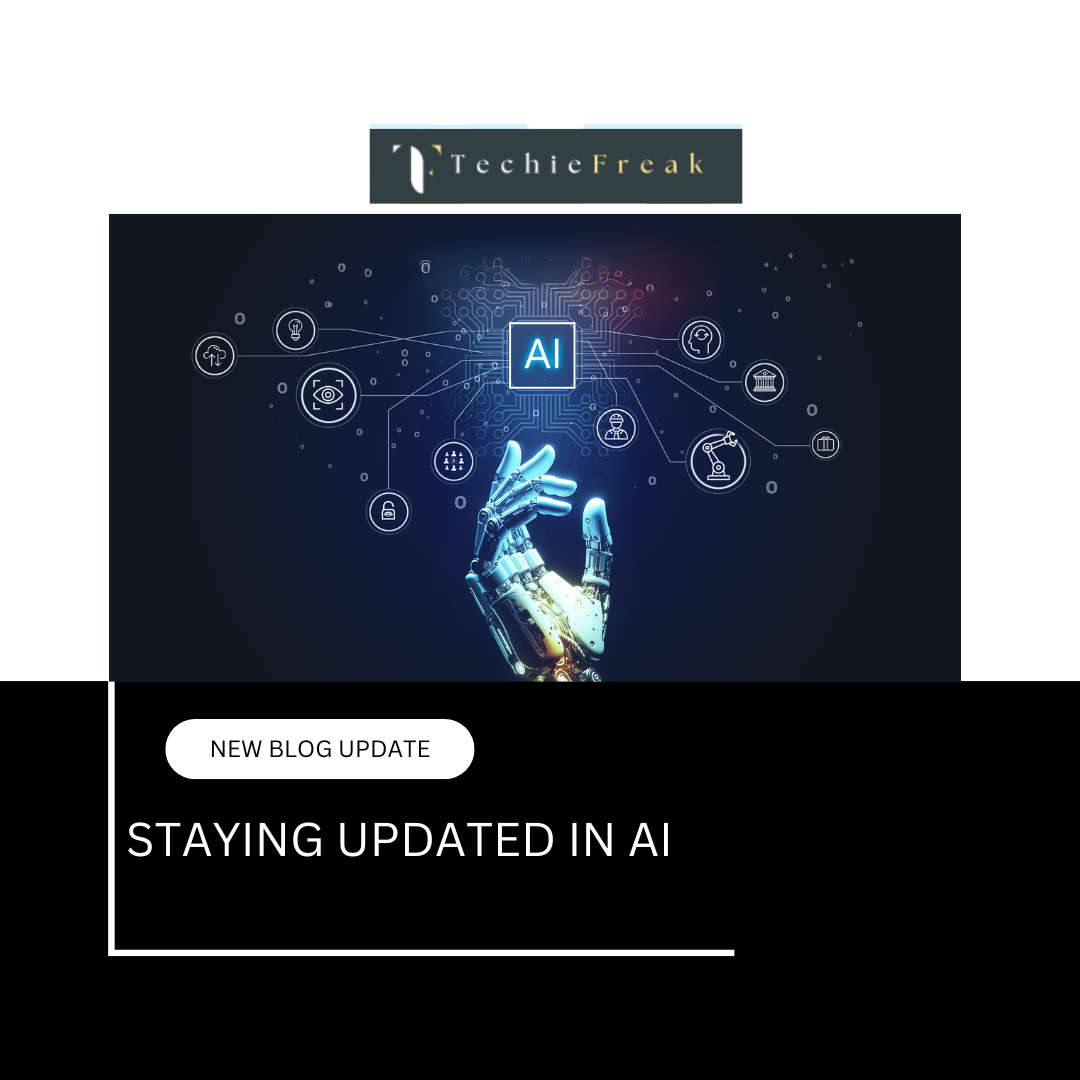Introduction to Keras
Keras is a high-level deep learning library designed to provide an easy-to-use interface for building and training neural networks. It is built on top of TensorFlow and allows developers to create complex deep learning models with minimal code. Keras is widely used for tasks such as image recognition, natural language processing (NLP), and time-series forecasting. Its flexibility, modularity, and user-friendliness make it a popular choice among researchers and industry professionals.
Key Features of Keras
1. User-Friendly and Modular
Keras is designed to be simple and intuitive. It provides a modular approach where layers, models, optimizers, and loss functions can be easily combined. This makes it easy for beginners to start with deep learning and for experts to quickly build and test complex models.
2. Supports Multiple Backends
Initially designed as a wrapper for deep learning frameworks, Keras can run on multiple backends, including:
- TensorFlow (default backend)
- Microsoft Cognitive Toolkit (CNTK)
- Theano (legacy support)
This flexibility allows developers to choose the backend that best suits their hardware and computational needs.
3. Predefined Layers and Models
Keras provides a variety of built-in layers, including dense (fully connected), convolutional, recurrent (LSTM, GRU), and embedding layers. These predefined layers simplify model building and reduce the amount of custom code needed.
4. High-Level and Low-Level API
Keras allows users to build models using either:
- Sequential API – A simple linear stack of layers, suitable for most common deep learning tasks.
- Functional API – A more flexible approach for building complex architectures such as multi-input and multi-output models.
5. GPU Acceleration and Scalability
Keras leverages TensorFlow's GPU acceleration for faster computation. It also supports multi-GPU and TPU training, enabling deep learning models to scale efficiently.
6. Pretrained Models for Transfer Learning
Keras includes a collection of pretrained models, such as VGG16, ResNet, and MobileNet, which can be used for transfer learning. This allows developers to fine-tune existing models on new datasets without training from scratch.
7. Extensive Support for Callbacks
Keras provides various callbacks to monitor training progress and improve performance, including:
- Early stopping – Stops training when the model stops improving.
- Model checkpointing – Saves the best model during training.
- TensorBoard integration – Visualizes model performance and training metrics.
Core Components of Keras
Keras follows a structured approach to defining deep learning models. The core components include:
1. Models (keras.models)
Keras provides two ways to define models:
- Sequential Model – A simple stack of layers.
- Functional API – More flexible for complex architectures.
Example:
from tensorflow import keras
from tensorflow.keras.models import Sequential
from tensorflow.keras.layers import Dense
model = Sequential([
Dense(128, activation='relu', input_shape=(784,)),
Dense(10, activation='softmax')
])
2. Layers (keras.layers)
Layers define the architecture of a deep learning model. Keras provides various types:
- Dense Layer – Fully connected layer.
- Conv2D Layer – Convolutional layer for image processing.
- LSTM/GRU Layer – Recurrent layers for time-series and NLP tasks.
Example:
from tensorflow.keras.layers import Dense, Conv2D, Flatten
conv_layer = Conv2D(32, (3,3), activation='relu')
3. Loss Functions (keras.losses)
Keras supports various loss functions, including:
- Mean Squared Error (MSE) for regression tasks.
- Categorical Crossentropy for multi-class classification.
- Binary Crossentropy for binary classification.
Example:
model.compile(loss='categorical_crossentropy', optimizer='adam', metrics=['accuracy'])
4. Optimizers (keras.optimizers)
Optimizers adjust model weights during training. Some common optimizers include:
- SGD (Stochastic Gradient Descent) – Basic optimizer.
- Adam – Adaptive learning rate optimization.
- RMSprop – Best suited for recurrent models.
Example:
from tensorflow.keras.optimizers import Adam
optimizer = Adam(learning_rate=0.001)
5. Training and Evaluation (model.fit, model.evaluate)
Keras provides methods for training and evaluating models.
Example:
model.fit(X_train, y_train, epochs=10, batch_size=32, validation_split=0.2)
How Keras Works? Step-by-Step Example
Let’s go through an example of how to build and train a neural network using Keras on the MNIST dataset (handwritten digit recognition).
Step 1: Import Dependencies
import tensorflow as tf
from tensorflow import keras
from tensorflow.keras.models import Sequential
from tensorflow.keras.layers import Dense, Flatten
from tensorflow.keras.datasets import mnist
Step 2: Load and Preprocess Data
(X_train, y_train), (X_test, y_test) = mnist.load_data()
# Normalize pixel values (scale between 0 and 1)
X_train, X_test = X_train / 255.0, X_test / 255.0
Step 3: Define the Model
model = Sequential([
Flatten(input_shape=(28, 28)), # Flatten 28x28 images into a 1D array
Dense(128, activation='relu'), # Hidden layer with ReLU activation
Dense(10, activation='softmax') # Output layer for 10-digit classification
])
Step 4: Compile the Model
model.compile(optimizer='adam',
loss='sparse_categorical_crossentropy',
metrics=['accuracy'])
Step 5: Train the Model
model.fit(X_train, y_train, epochs=10, validation_data=(X_test, y_test))
Step 6: Evaluate the Model
test_loss, test_acc = model.evaluate(X_test, y_test)
print("Test Accuracy:", test_acc)
Step 7: Make Predictions
import numpy as np
predictions = model.predict(X_test)
predicted_labels = np.argmax(predictions, axis=1)
print("Predicted Label for First Image:", predicted_labels[0])
Conclusion
Keras is a powerful deep learning library that simplifies the process of building, training, and deploying neural networks. With its intuitive API, modular design, support for multiple backends, and GPU acceleration, it is widely used in industry and research. Whether you are a beginner experimenting with deep learning or an expert designing complex architectures, Keras provides the tools needed to develop high-performance AI models efficiently.
.png)


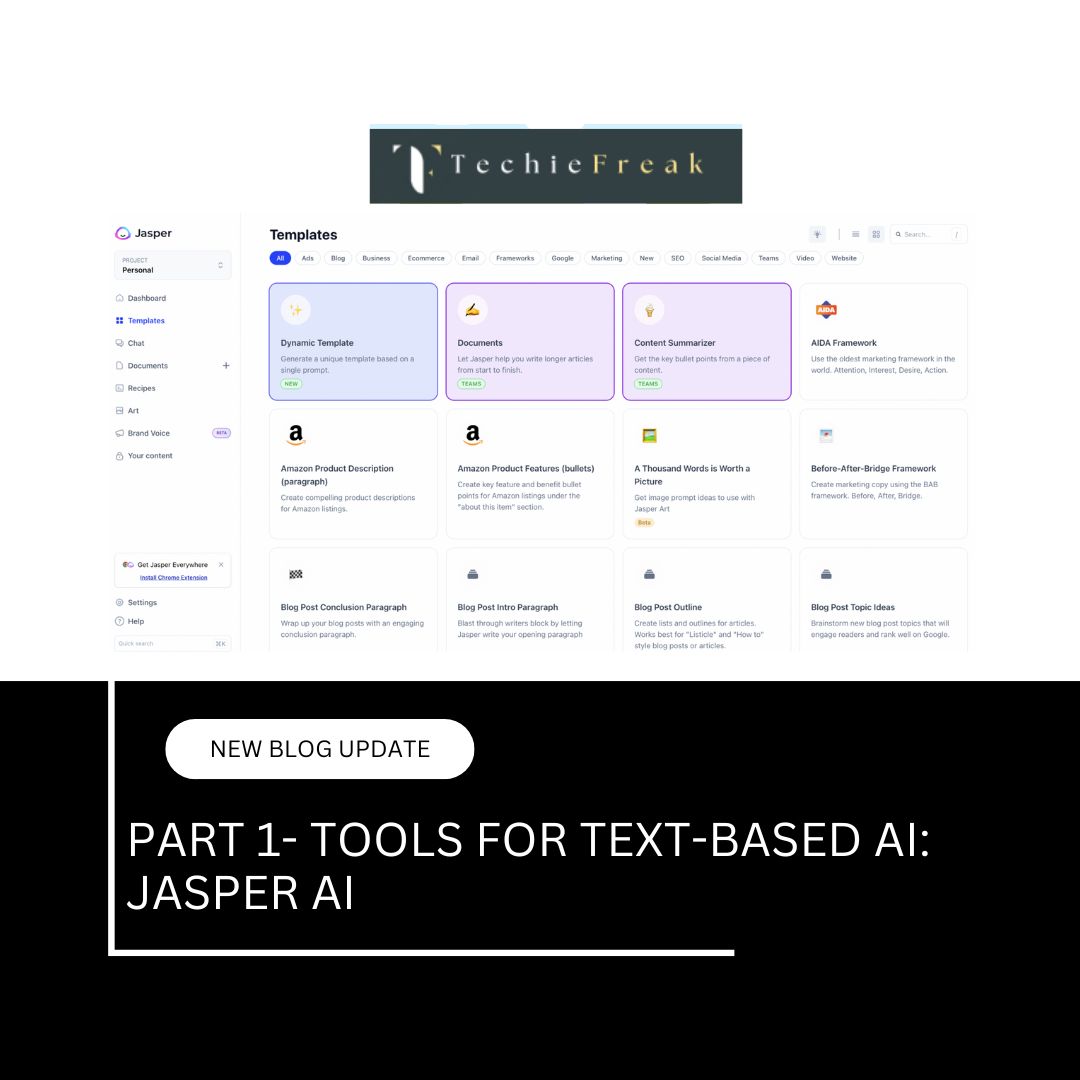


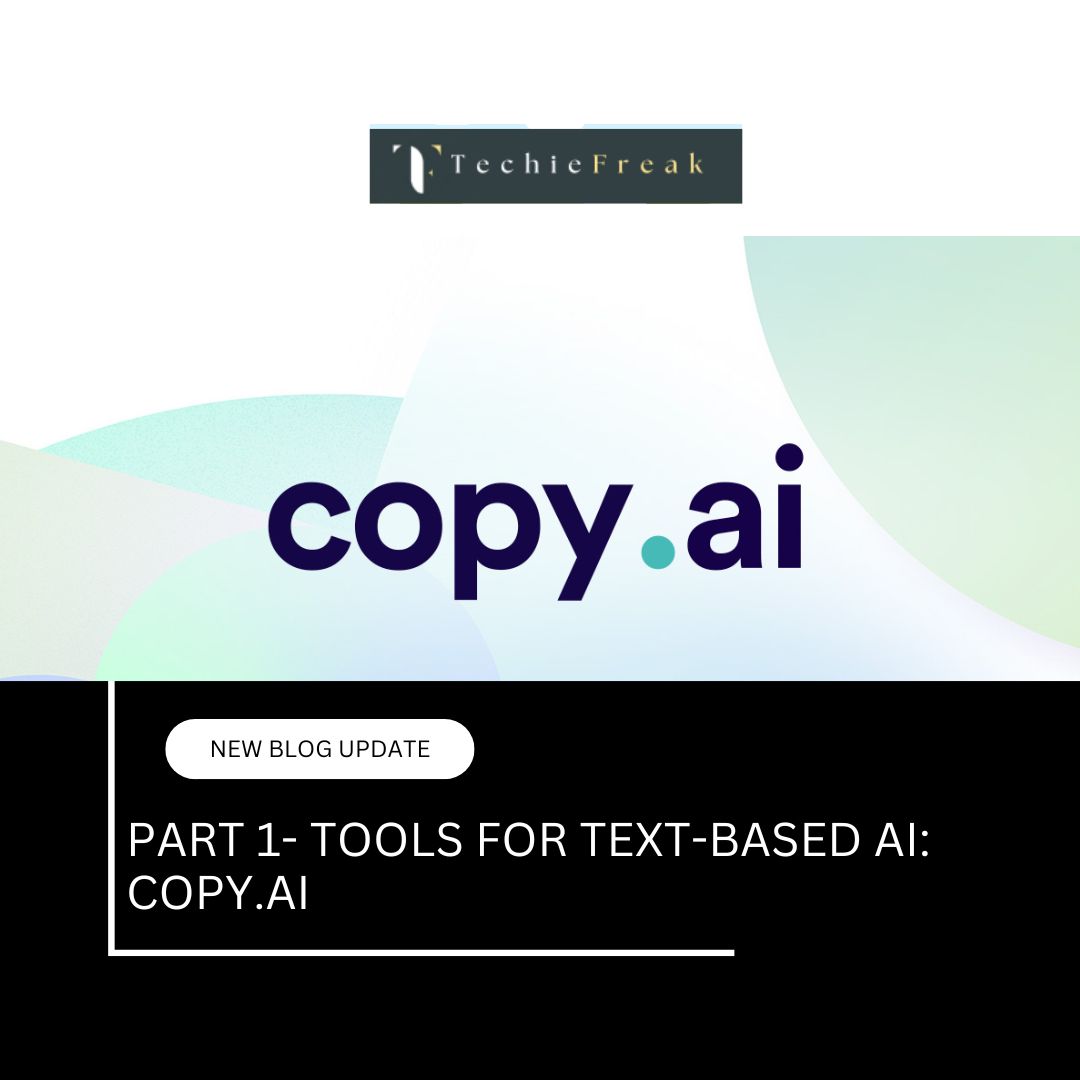
.jpg)
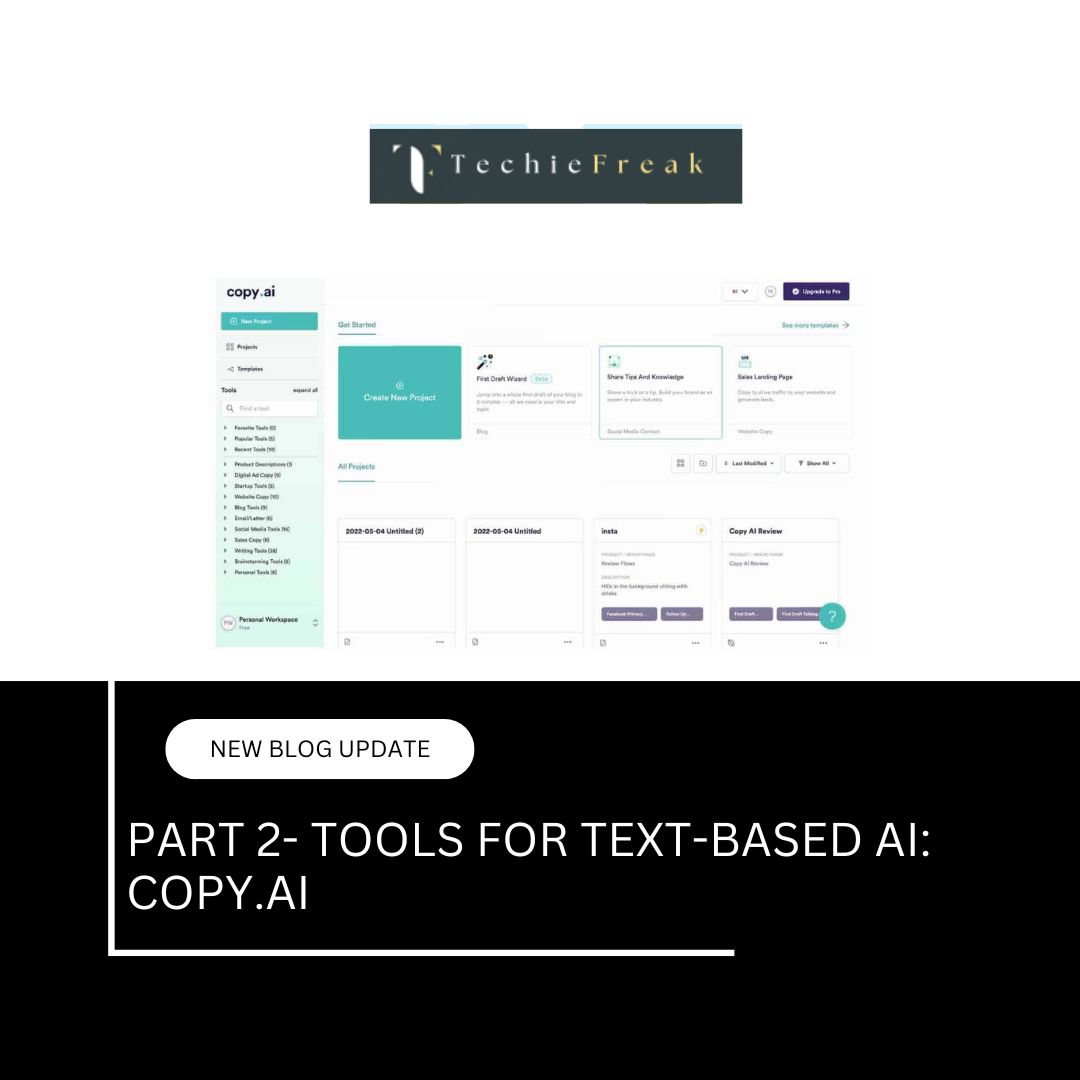
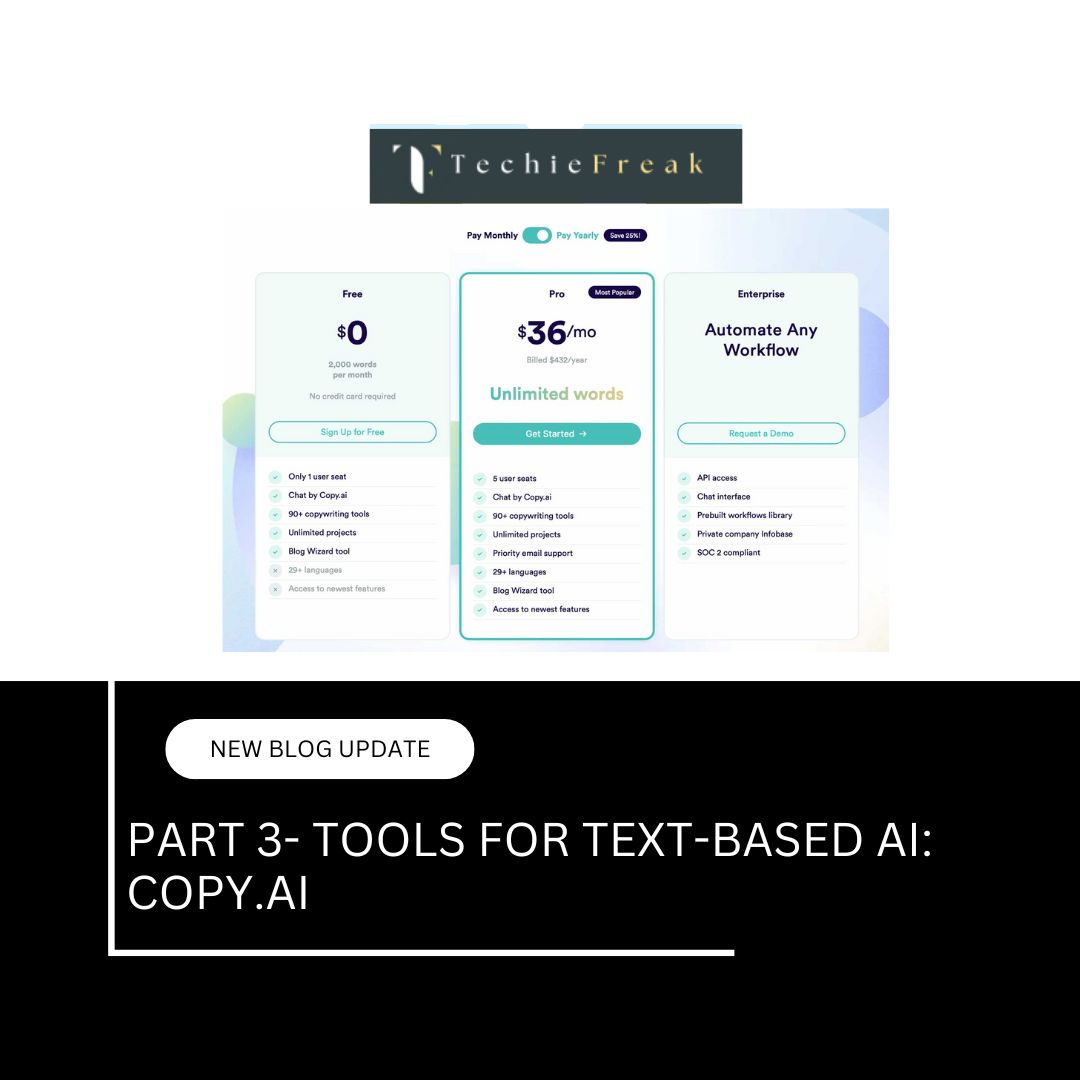

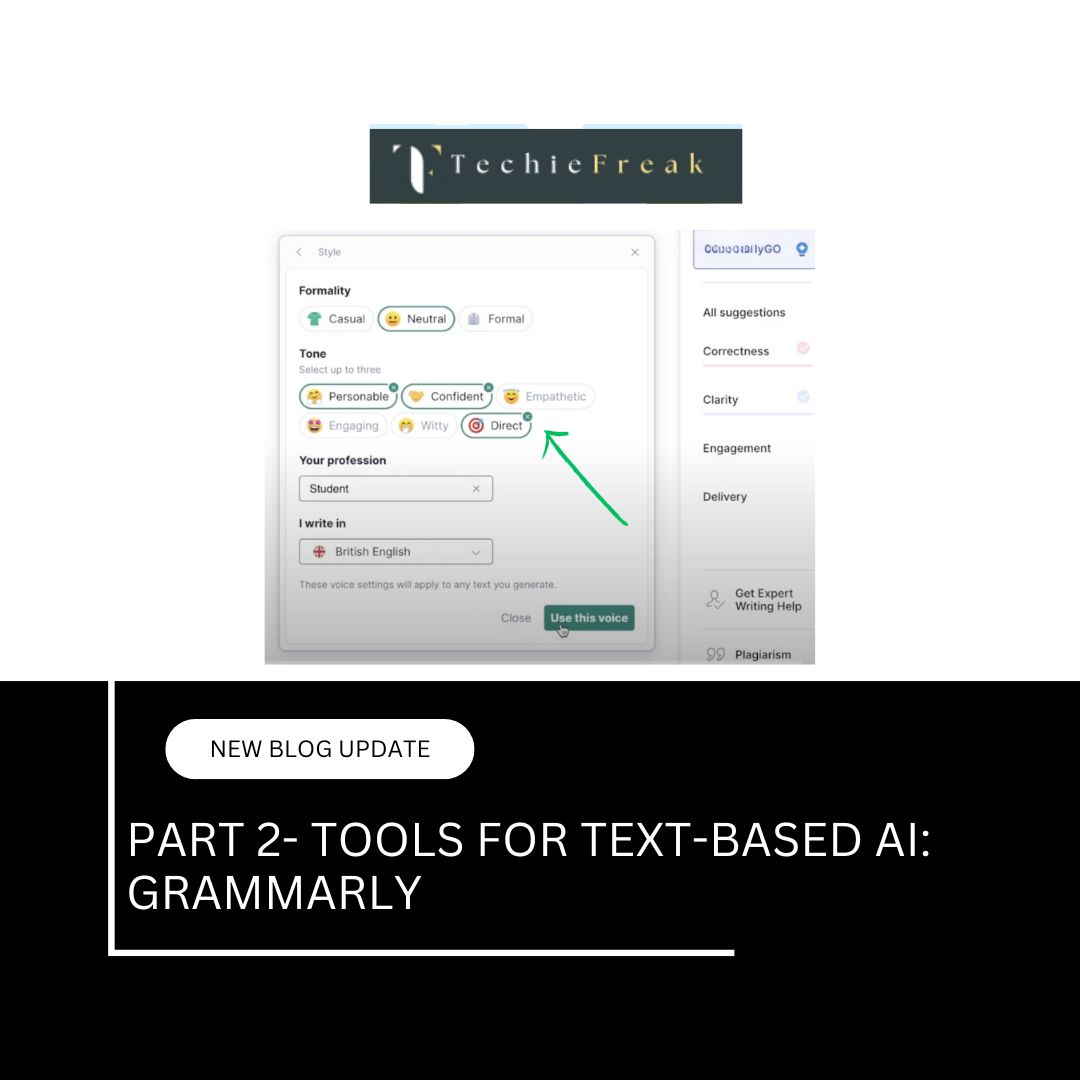
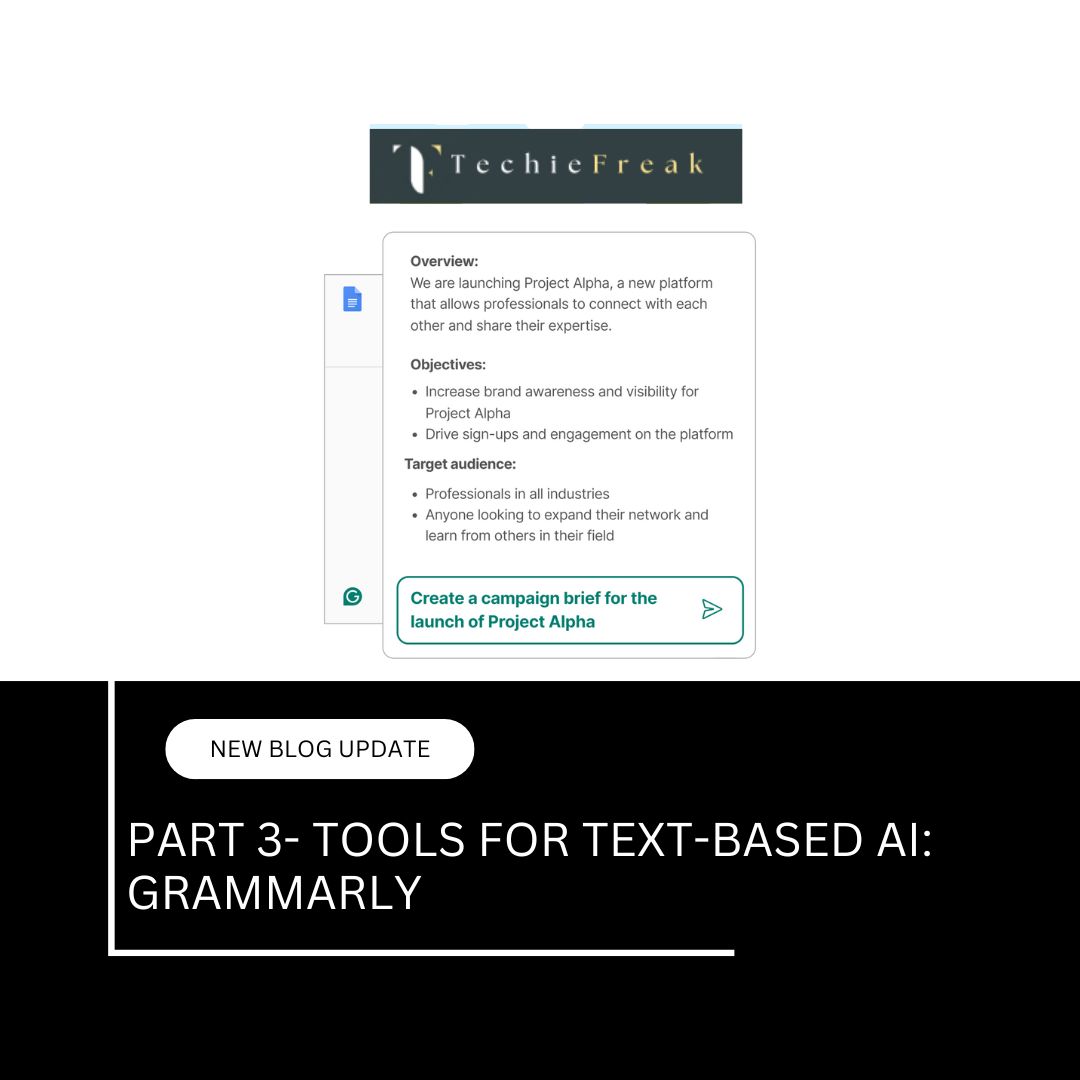
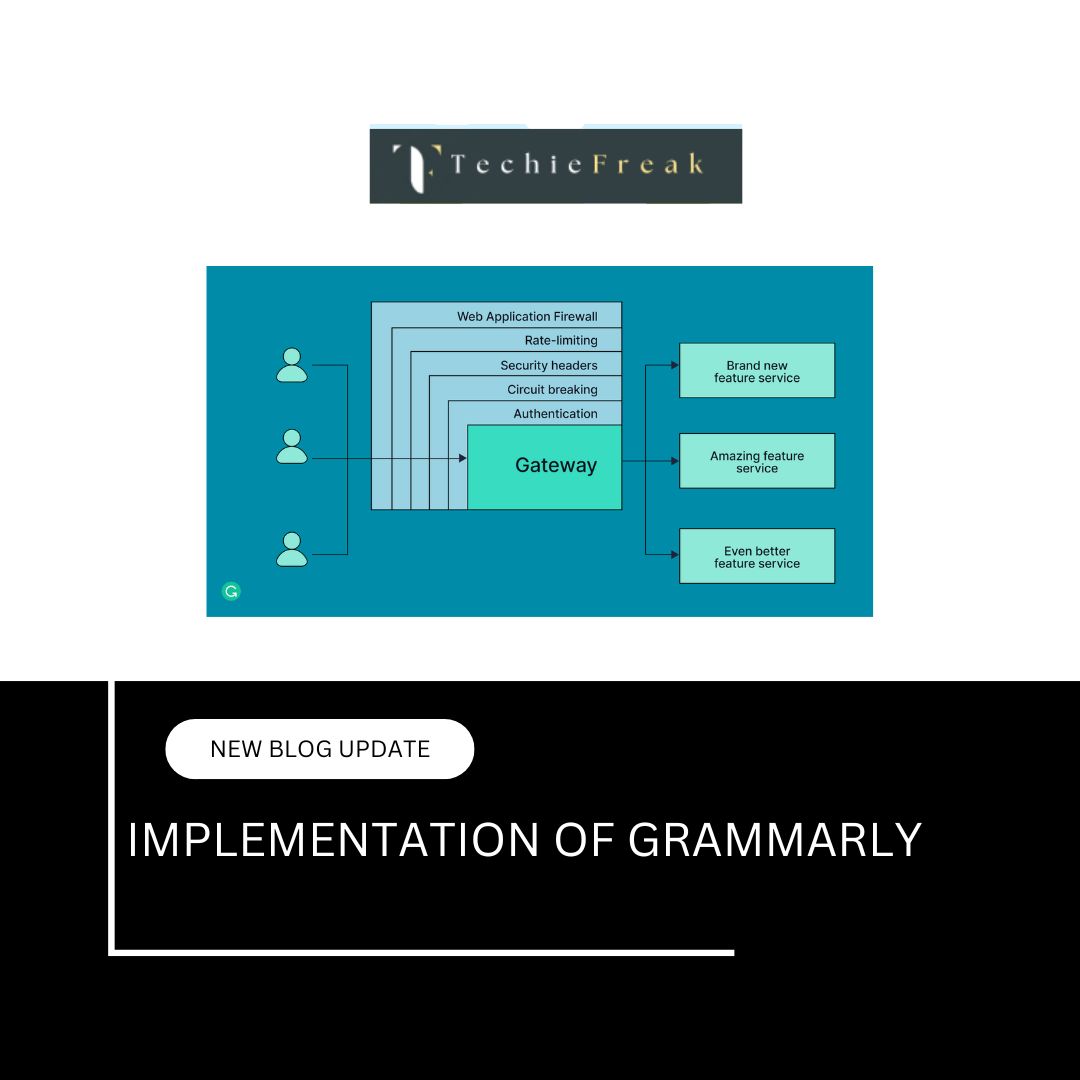


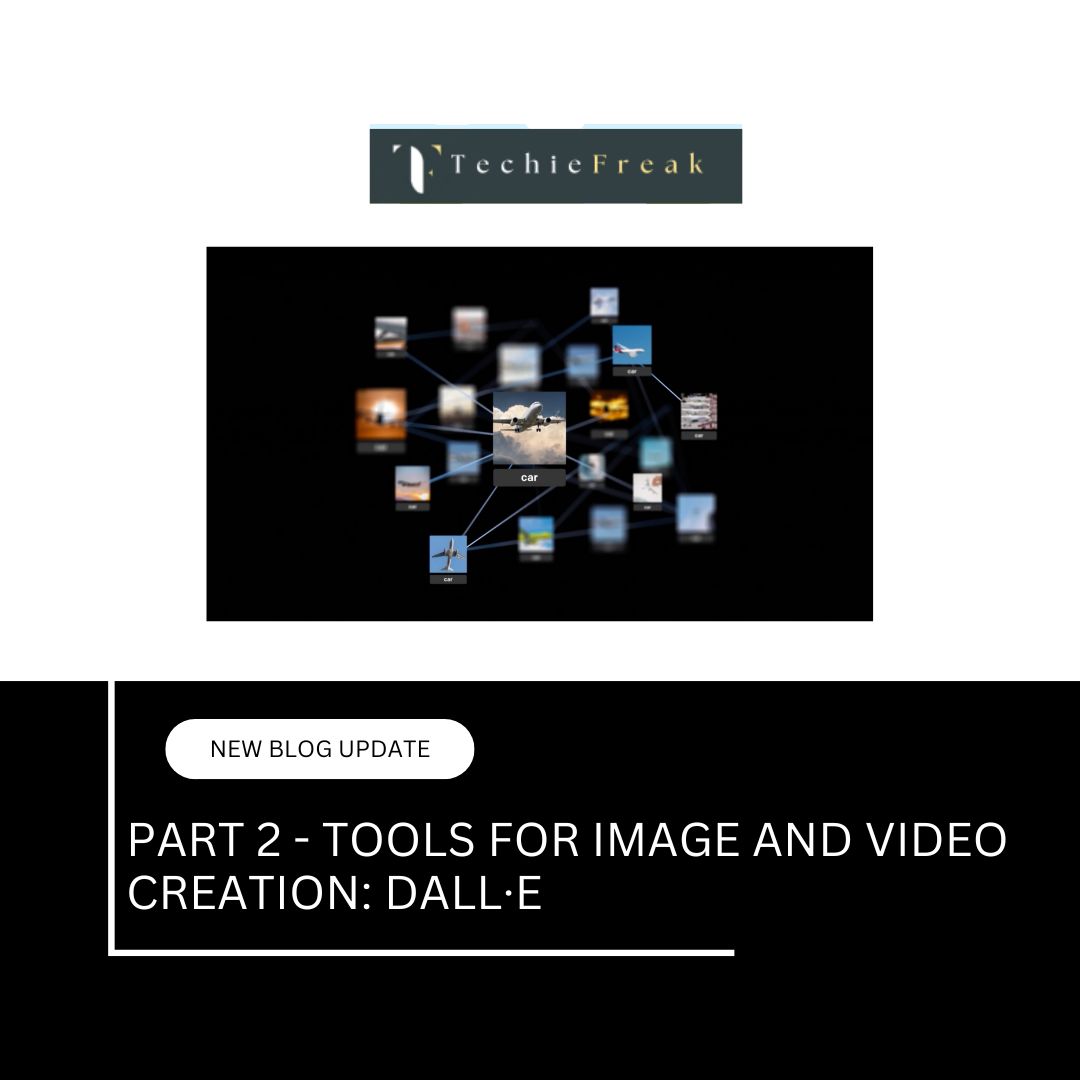
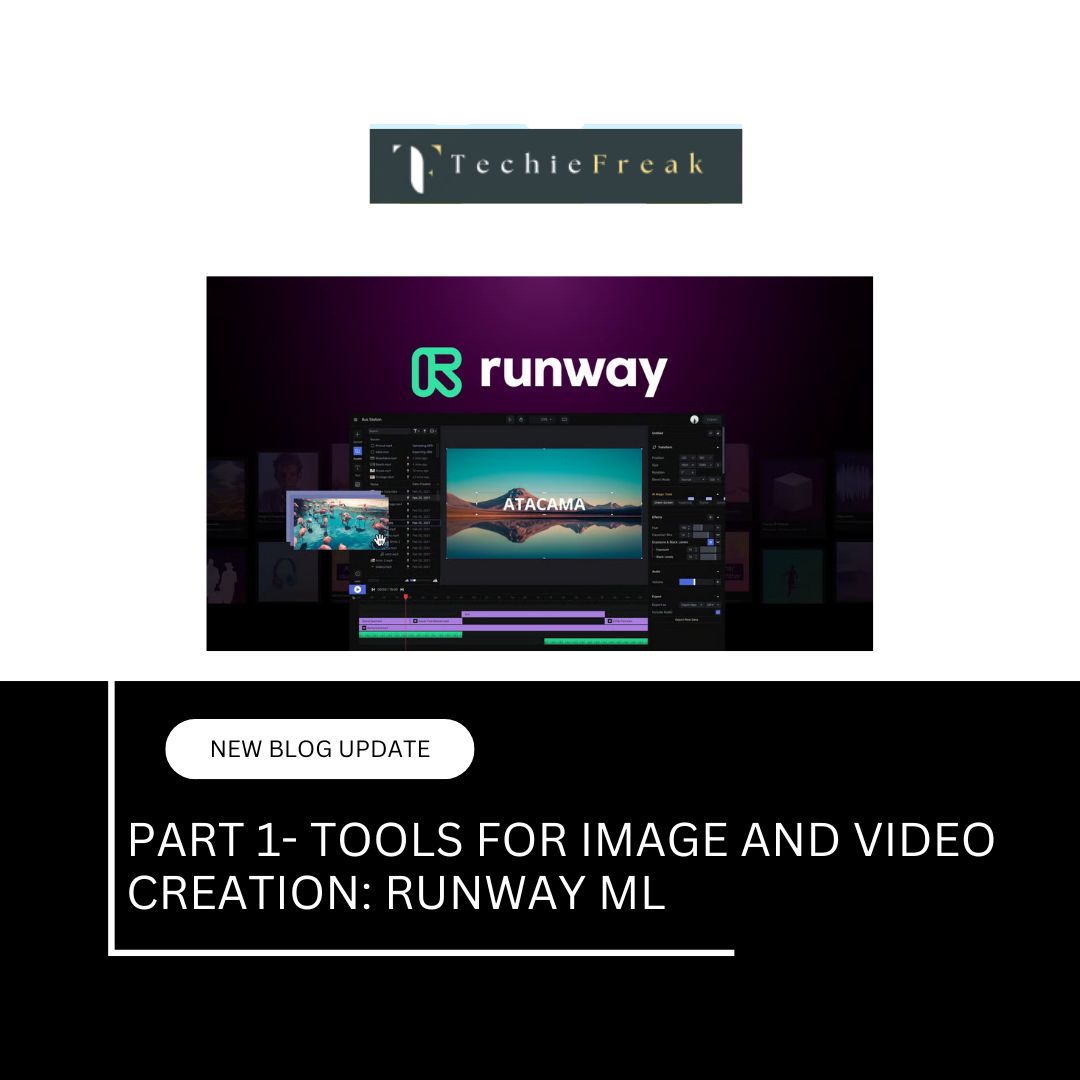
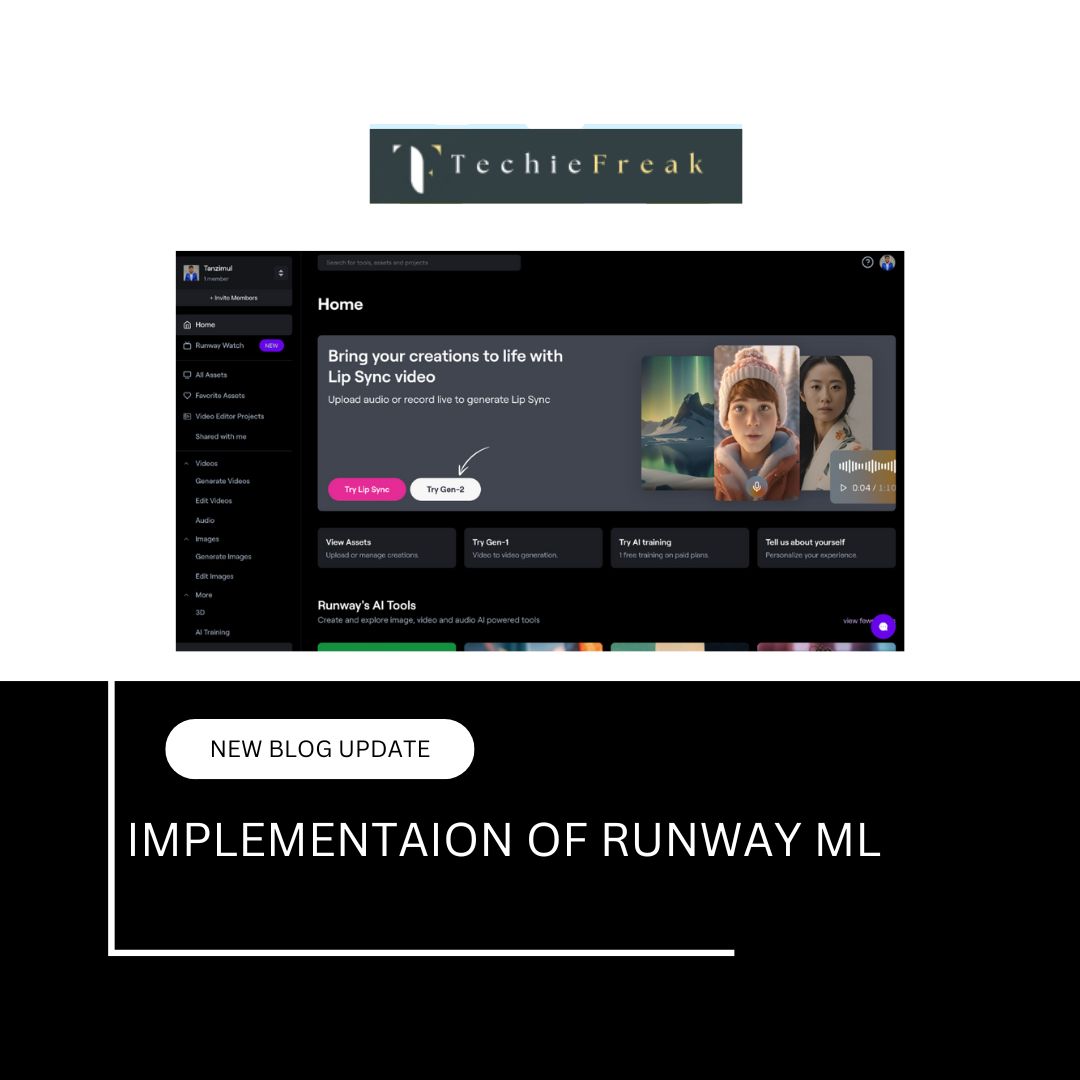


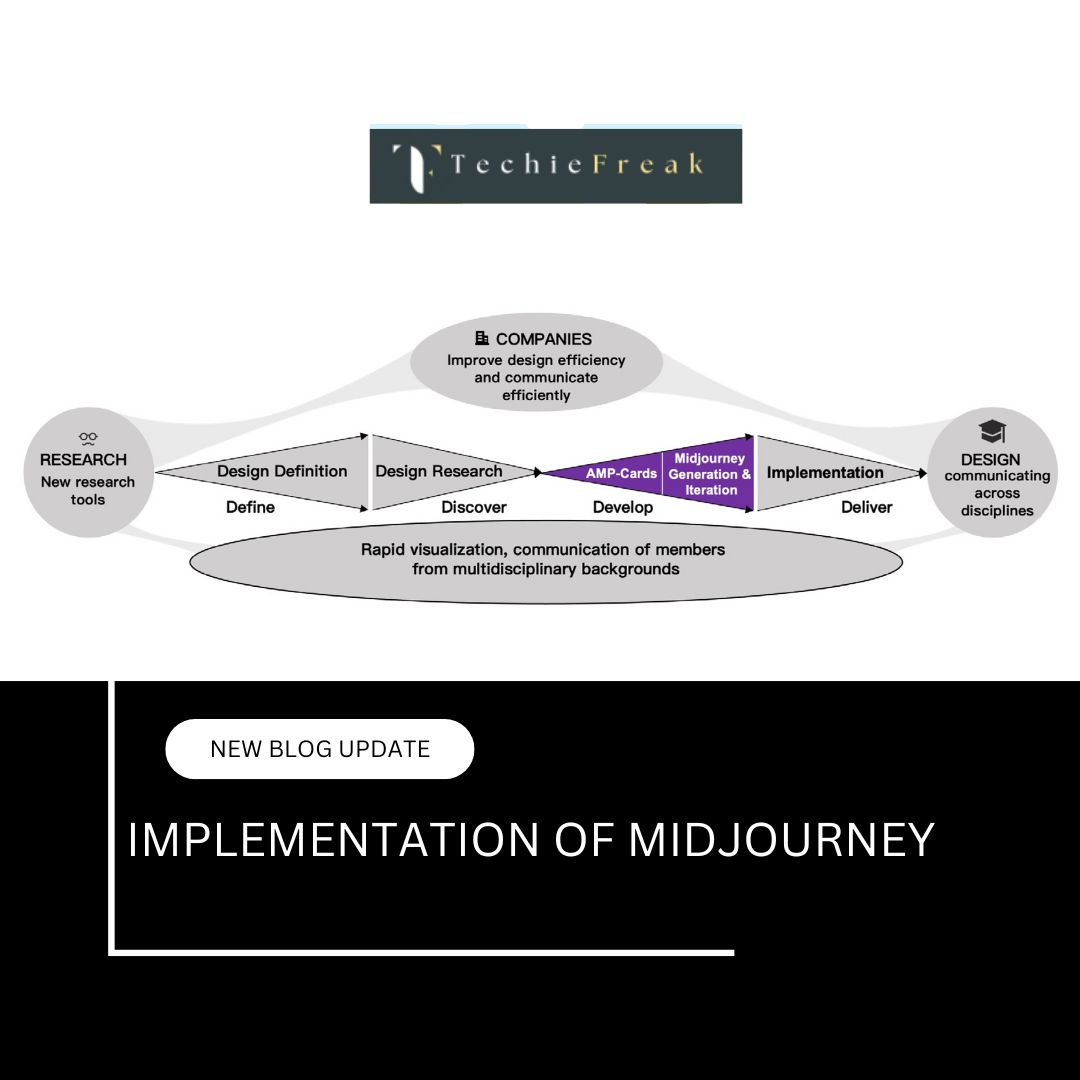
.jpg)


.png)
.png)
.png)
.png)
.png)
.png)
.png)
.png)
.png)
.png)
.png)
.png)
.png)
.png)
.png)
.png)
.png)
.png)
.png)
.png)
.png)
.png)
.png)
.png)
.png)
.png)
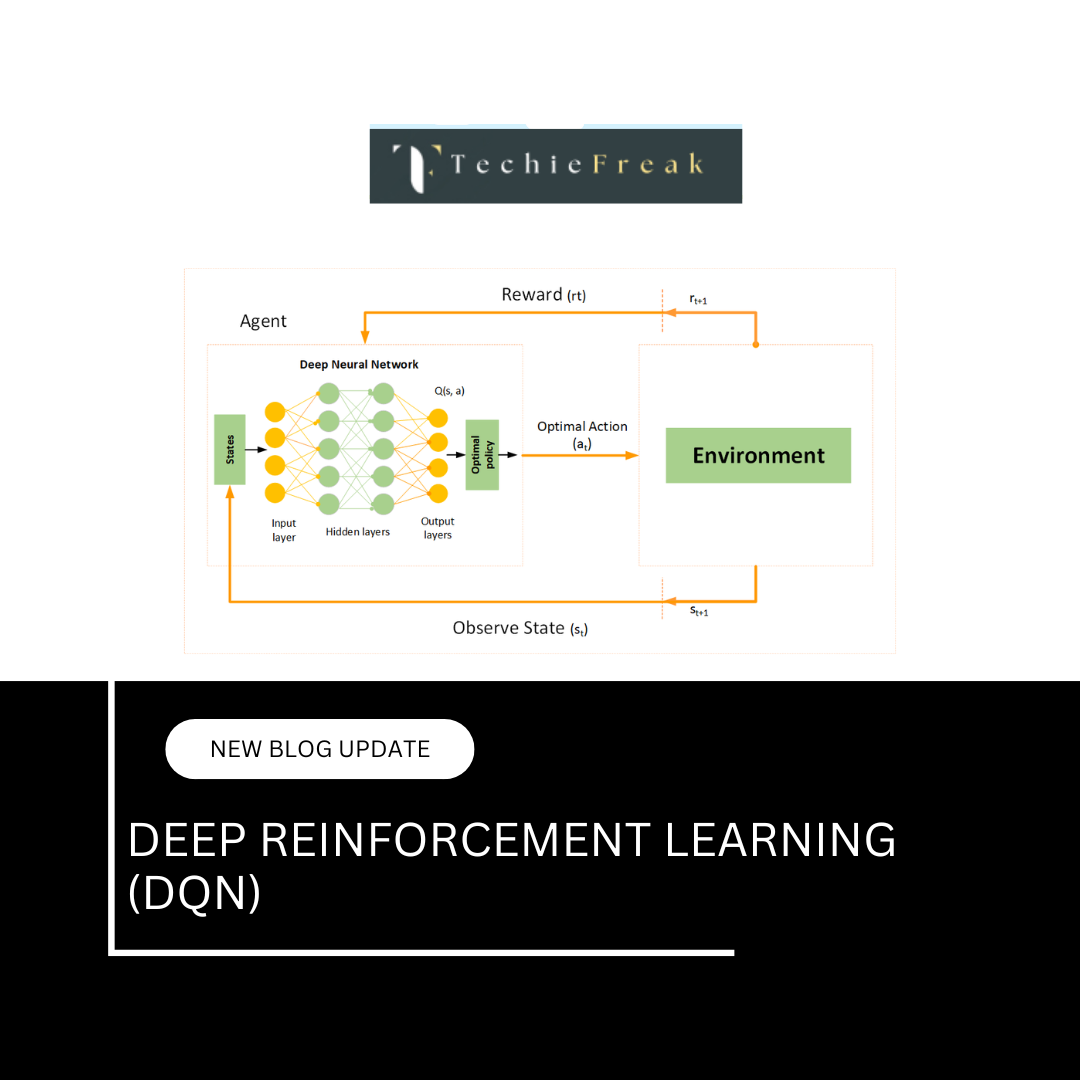
.png)
.png)
.png)
.png)
.png)

.png)
